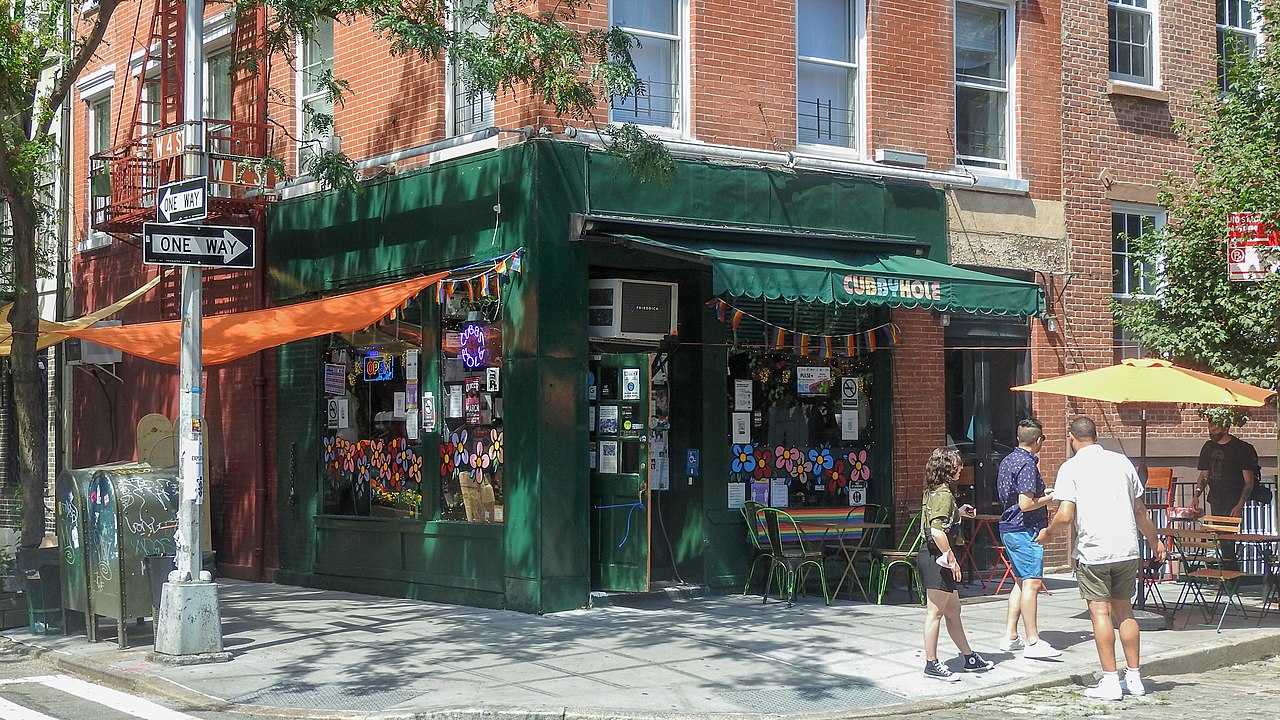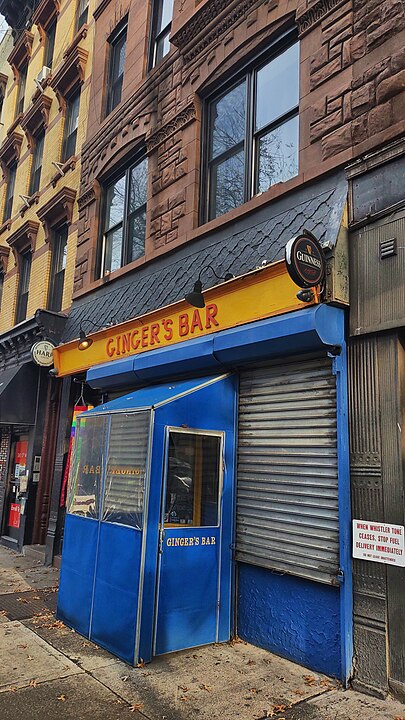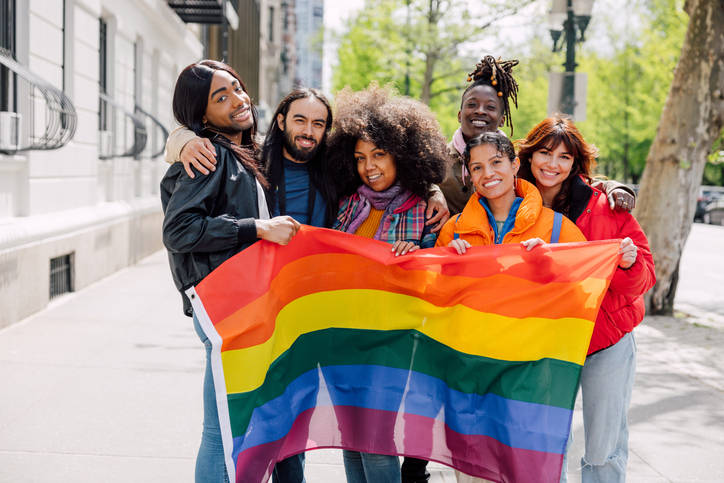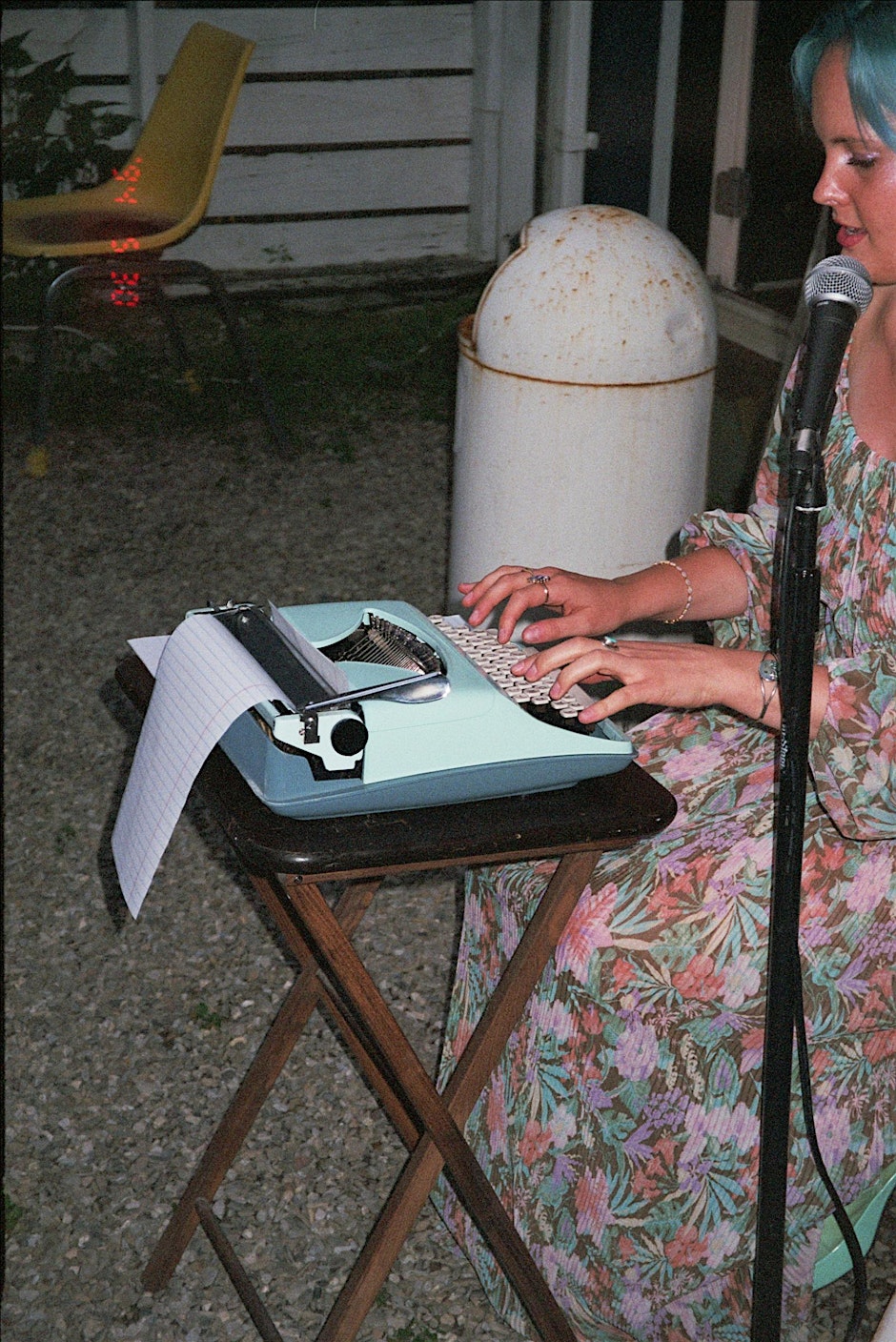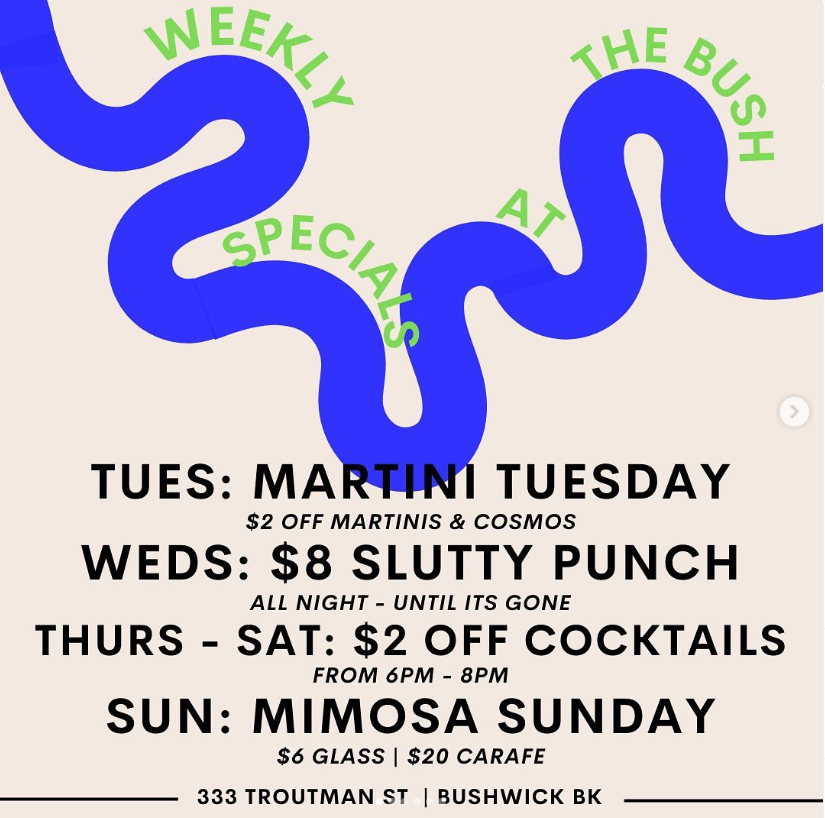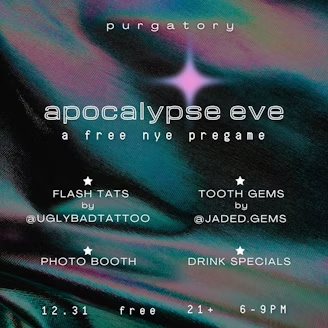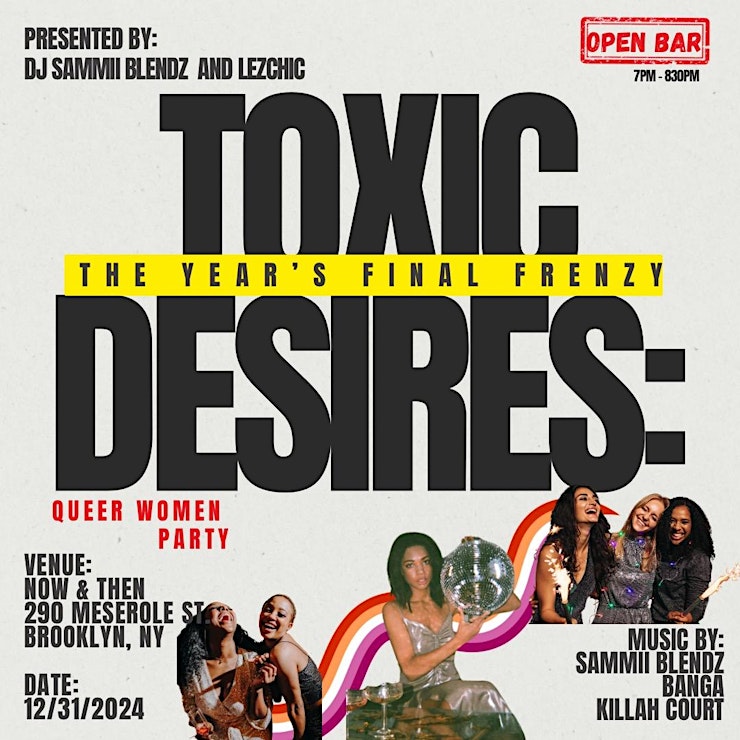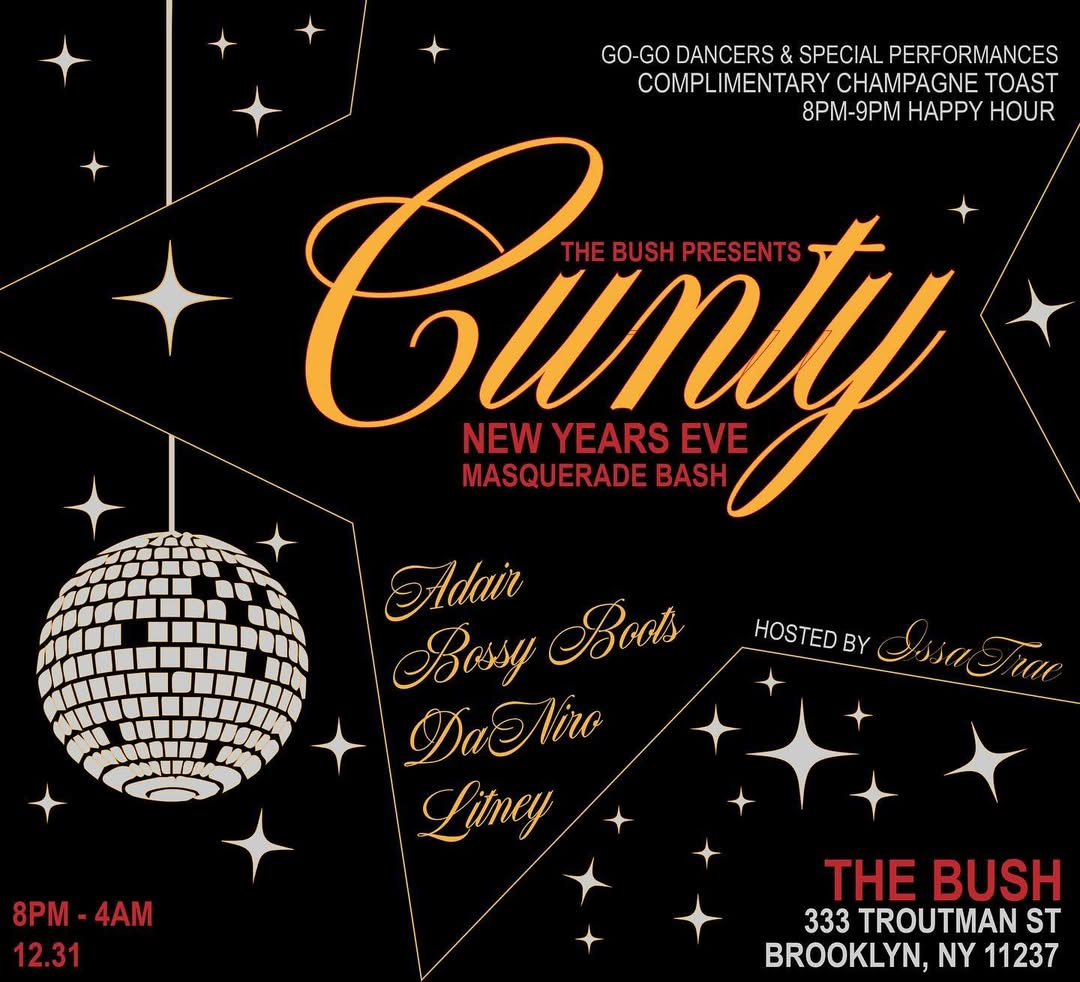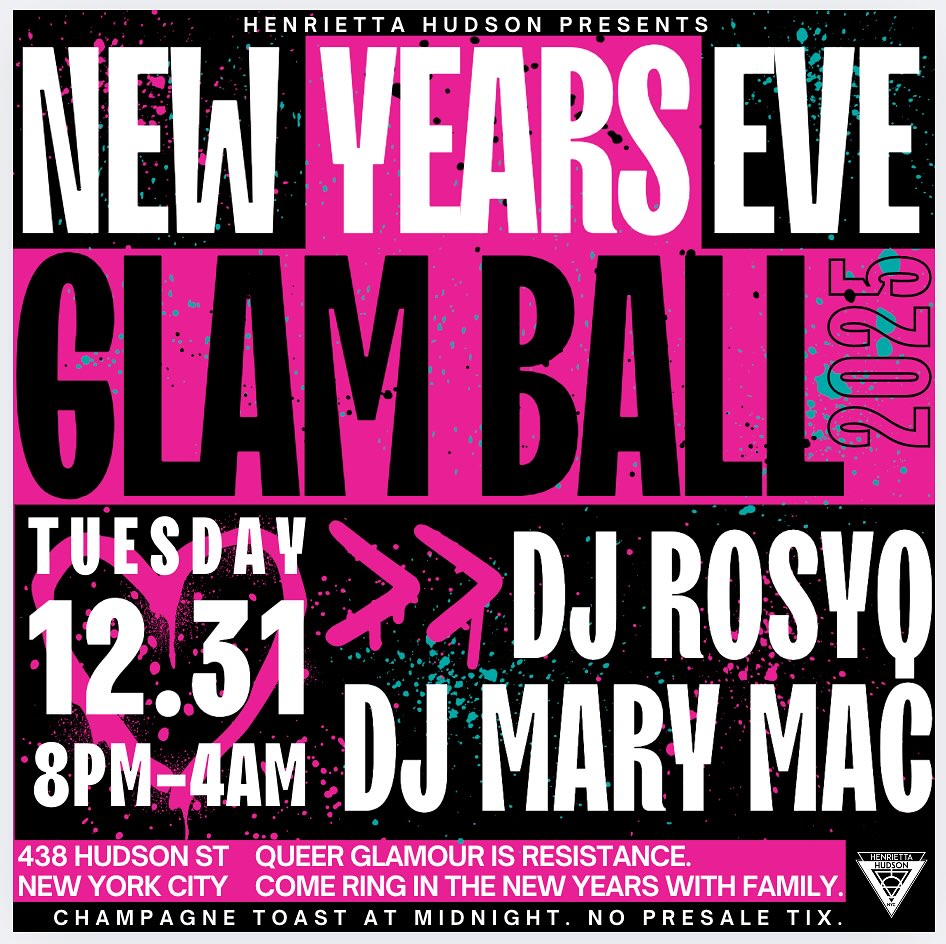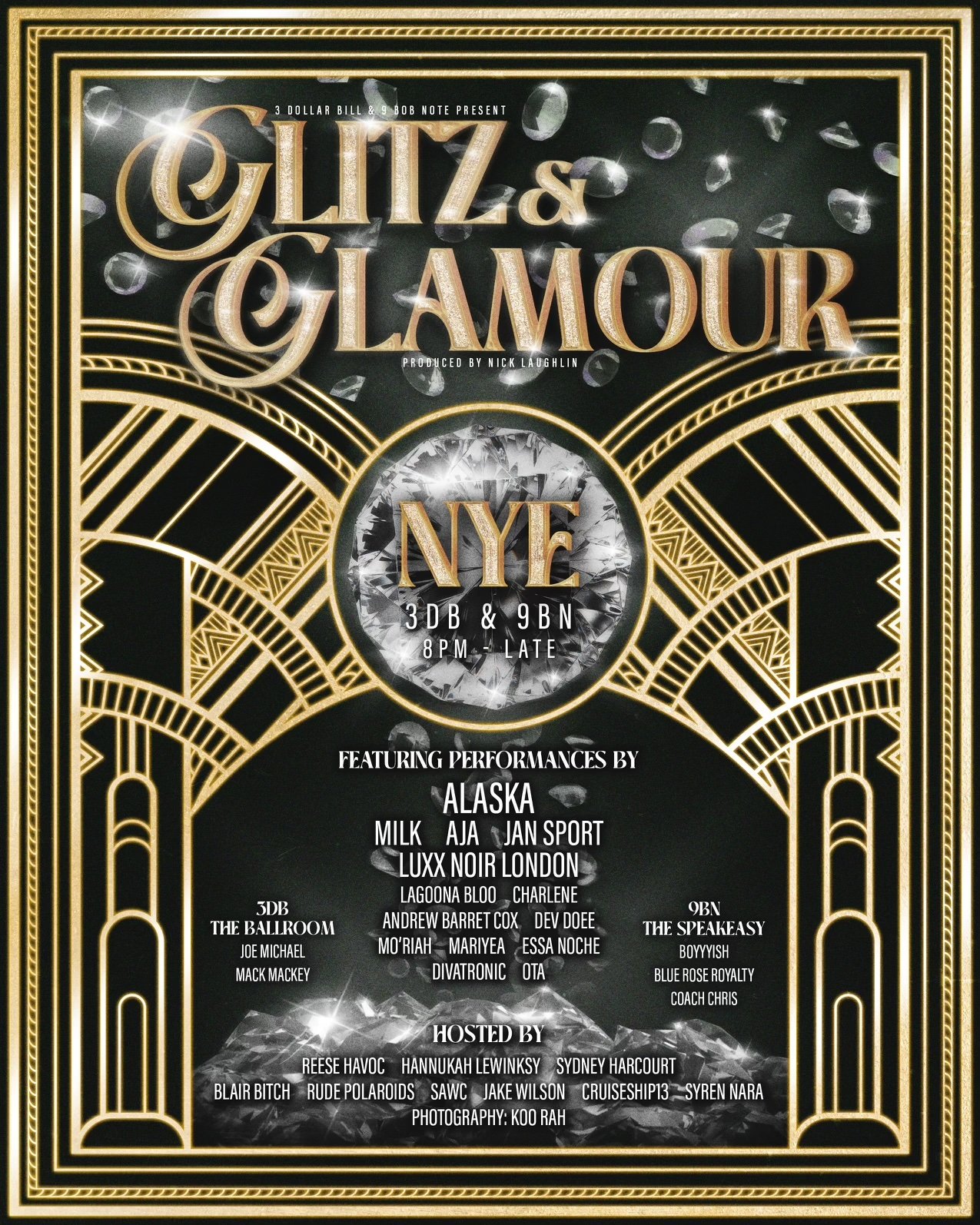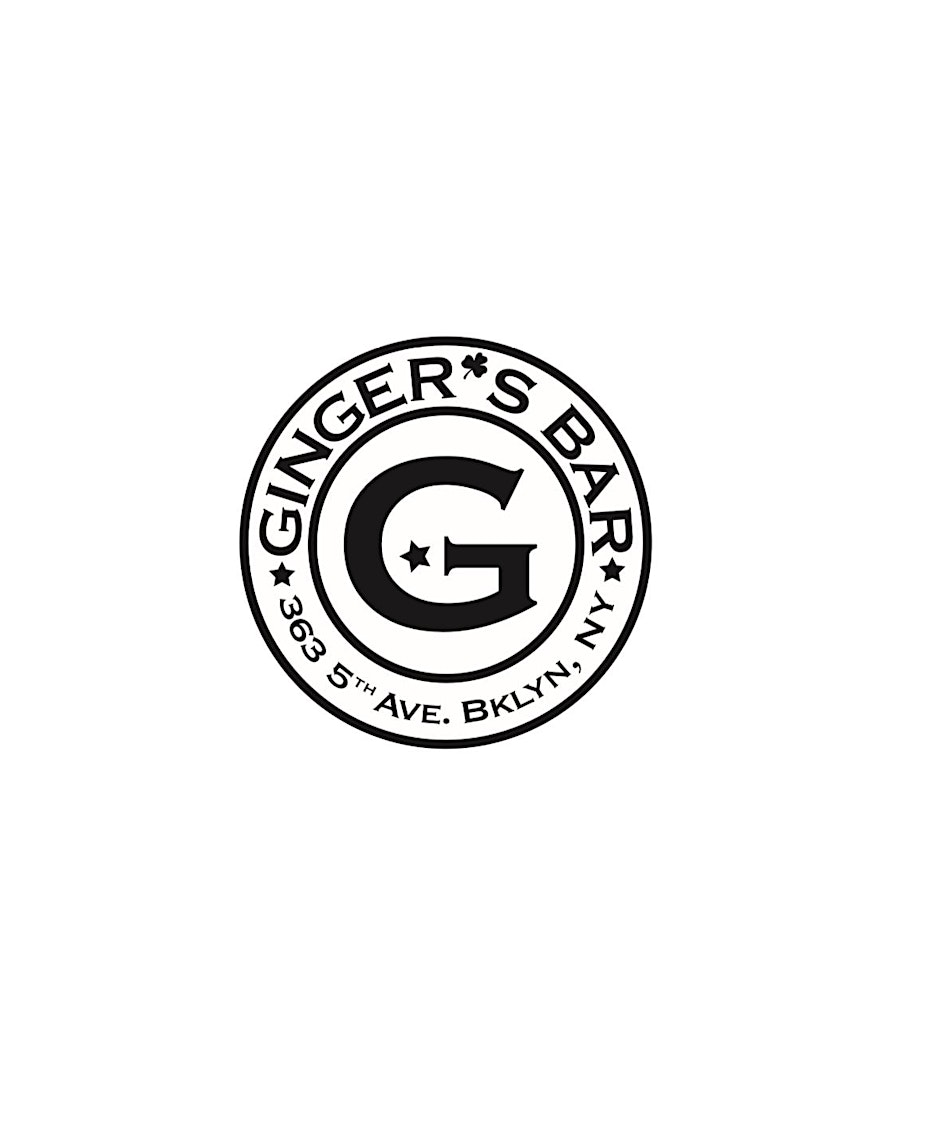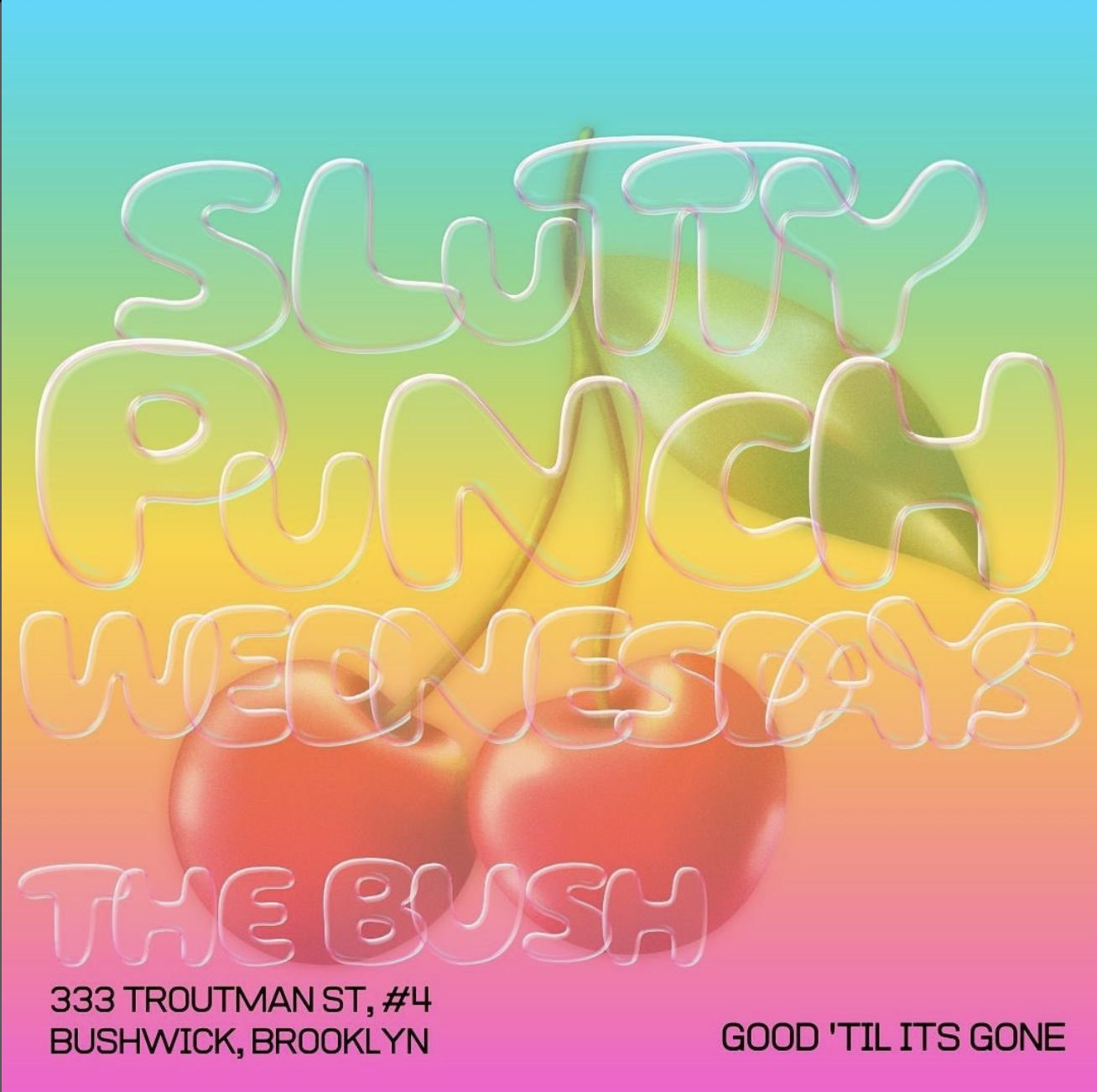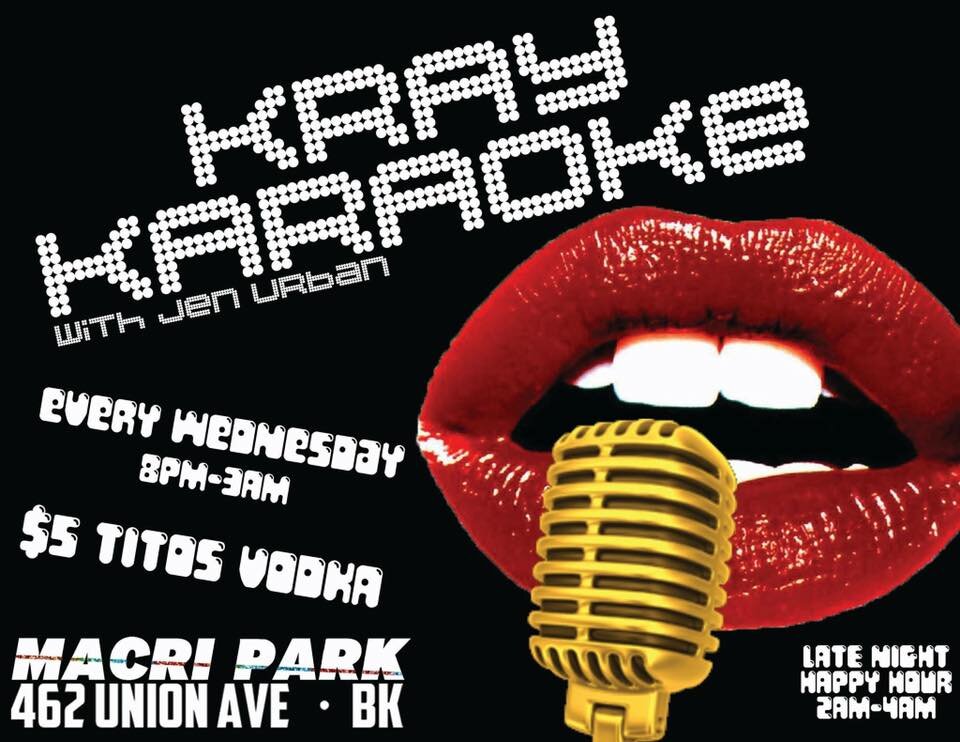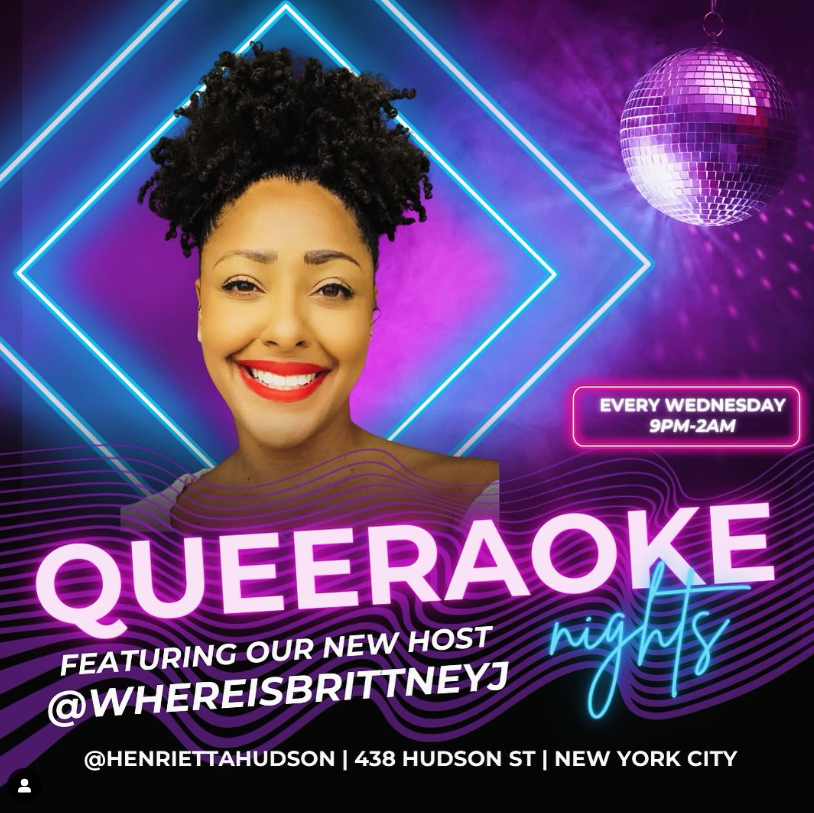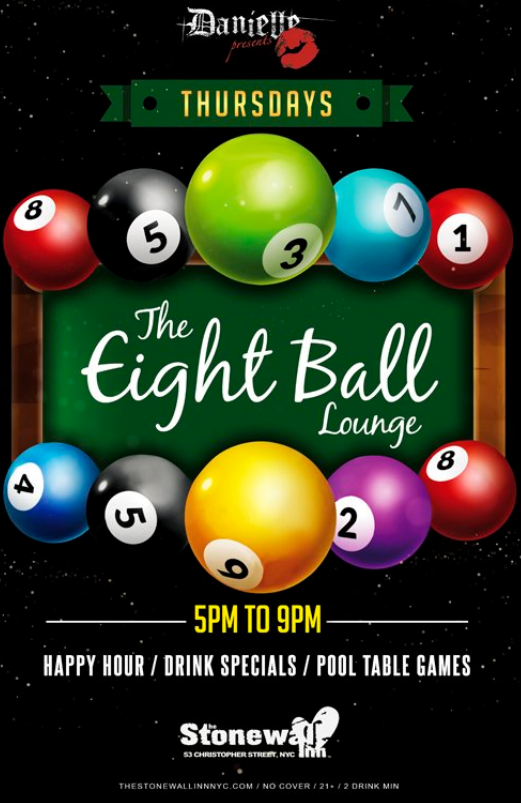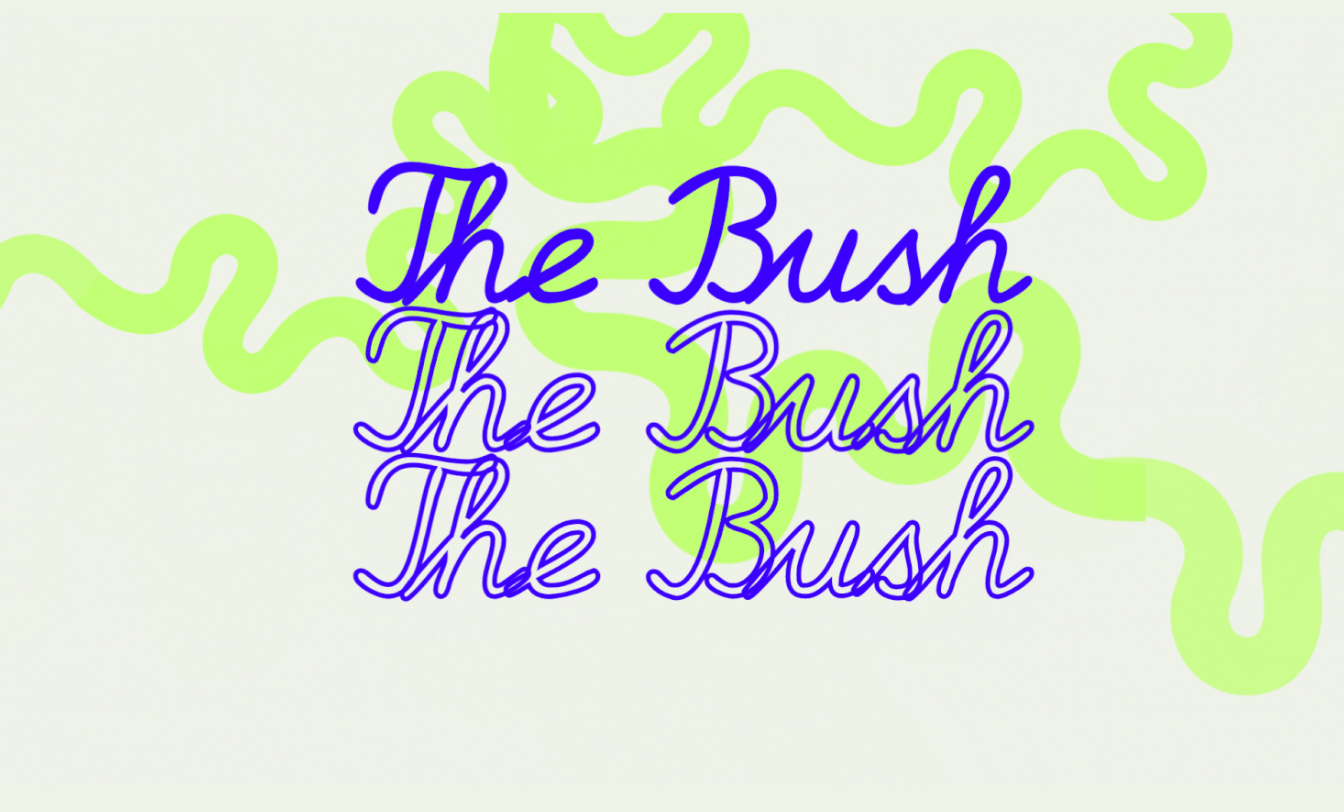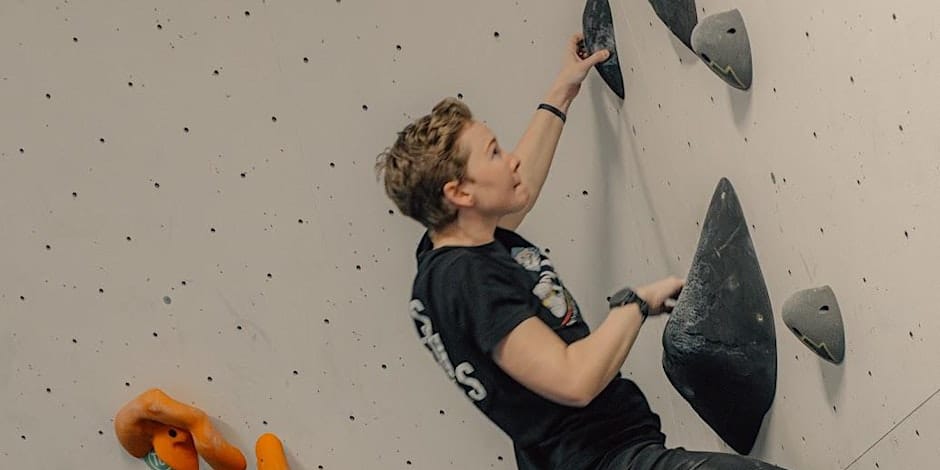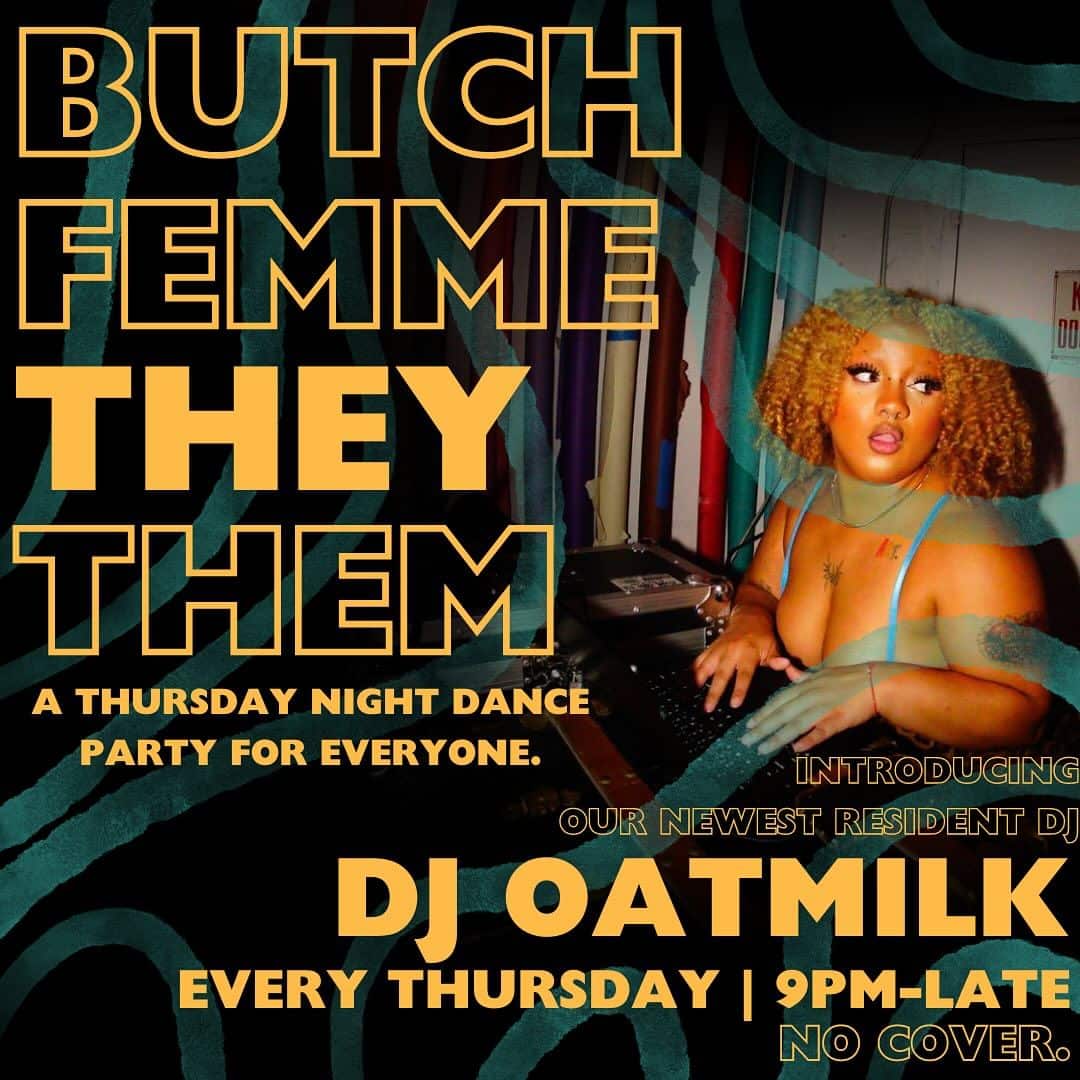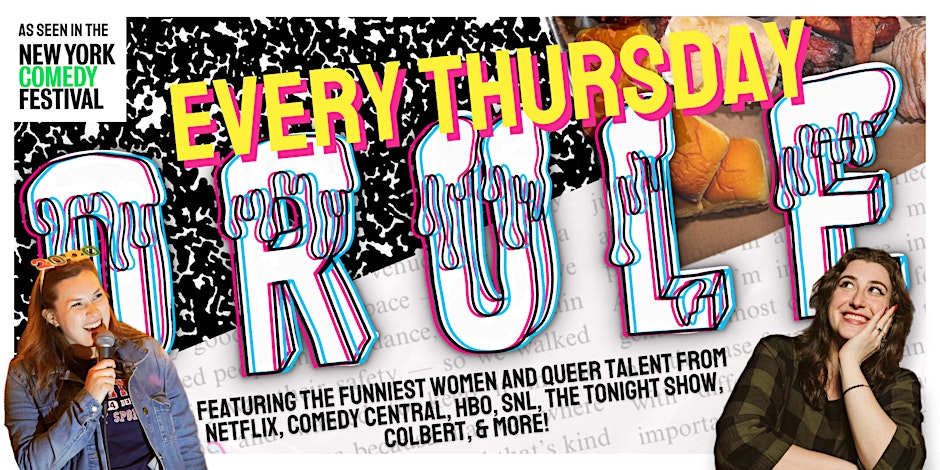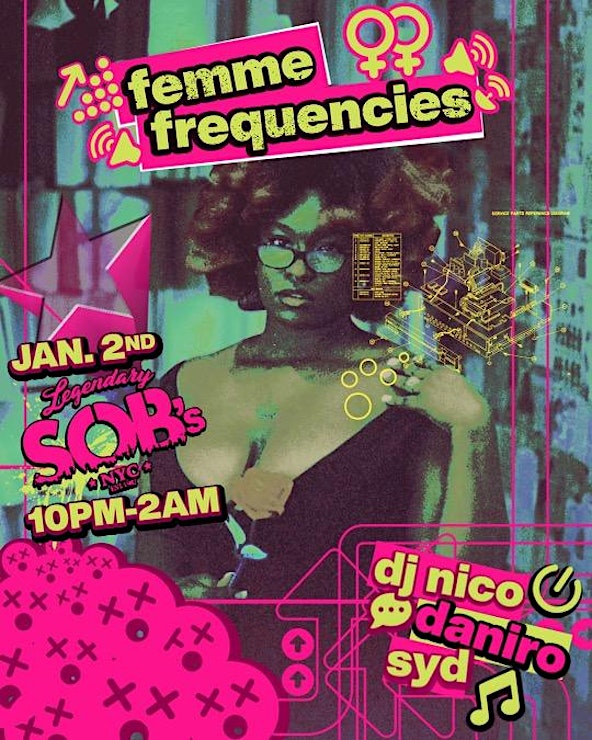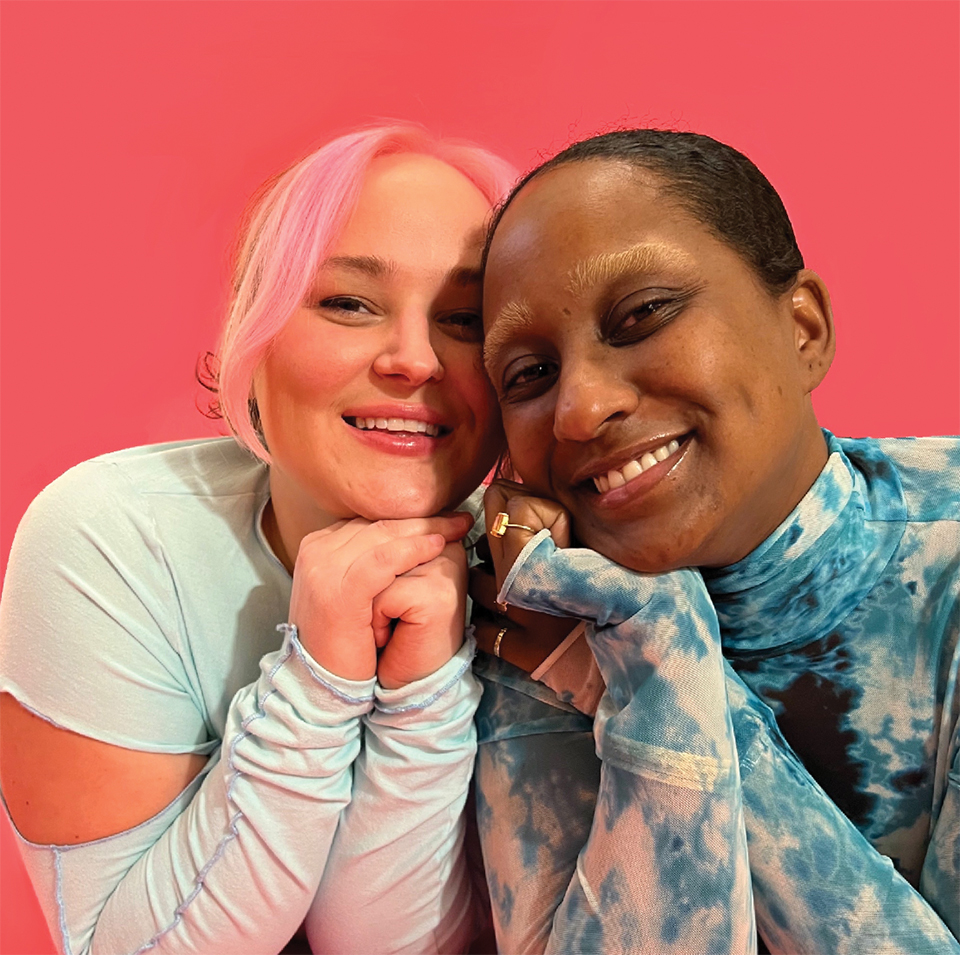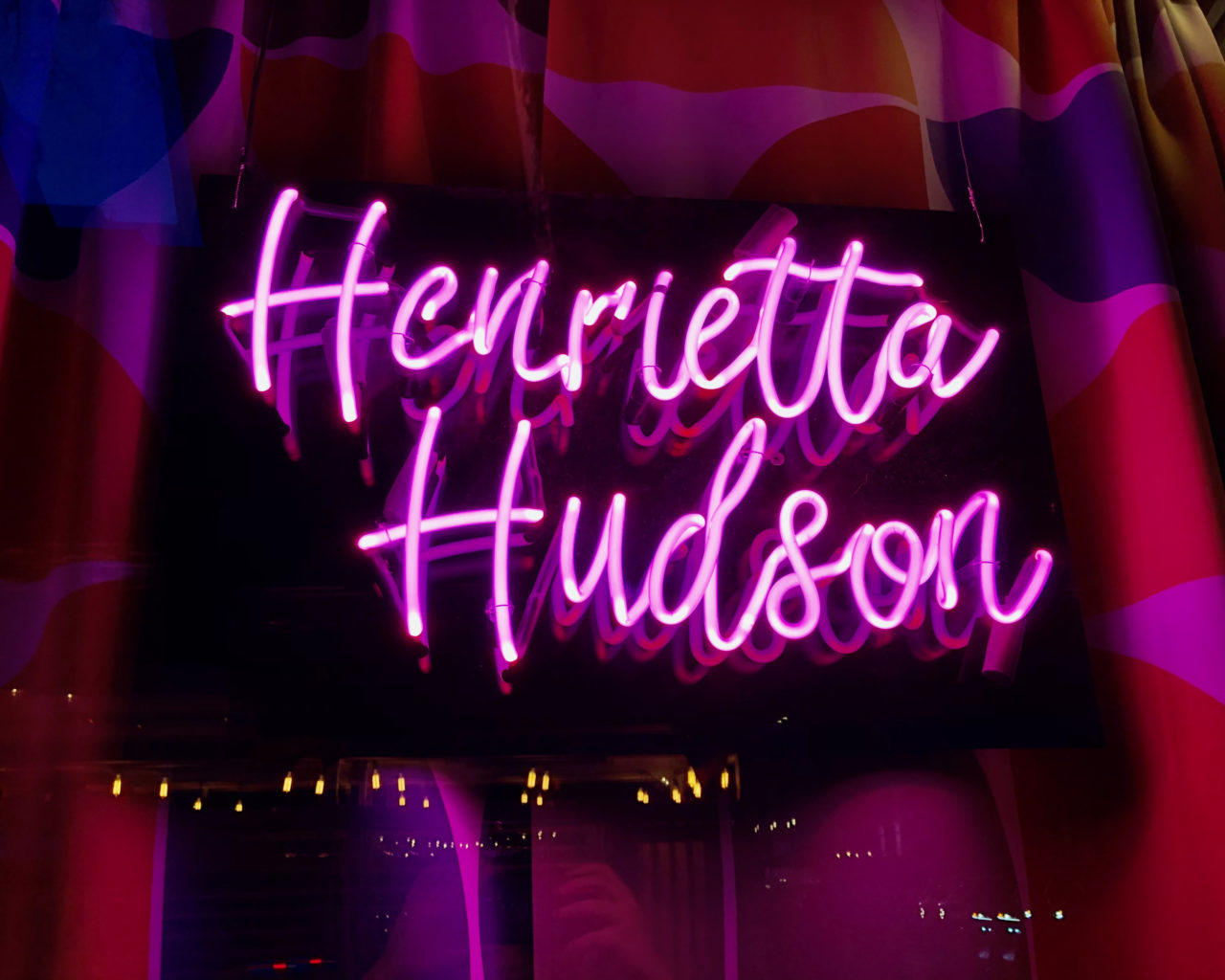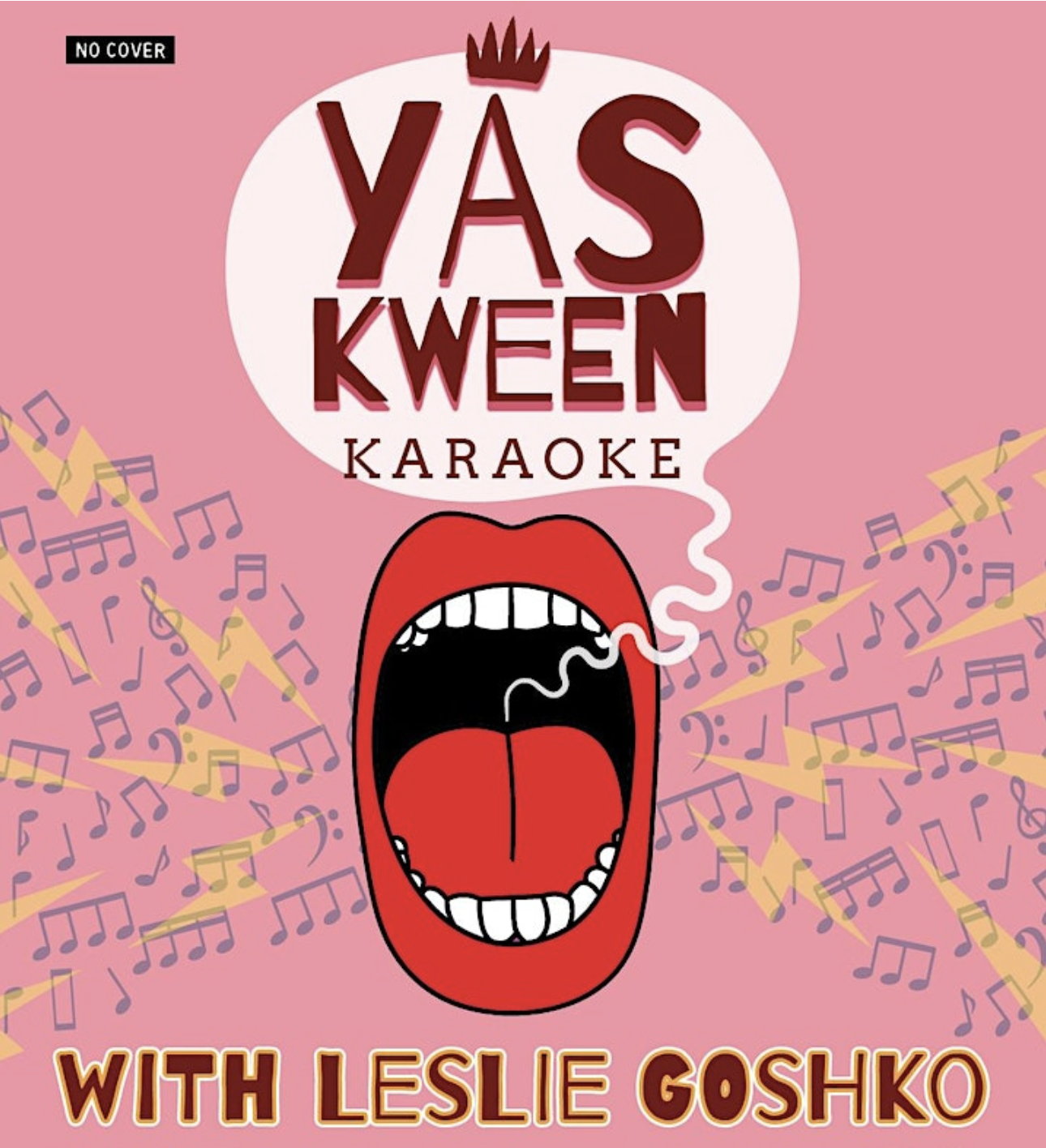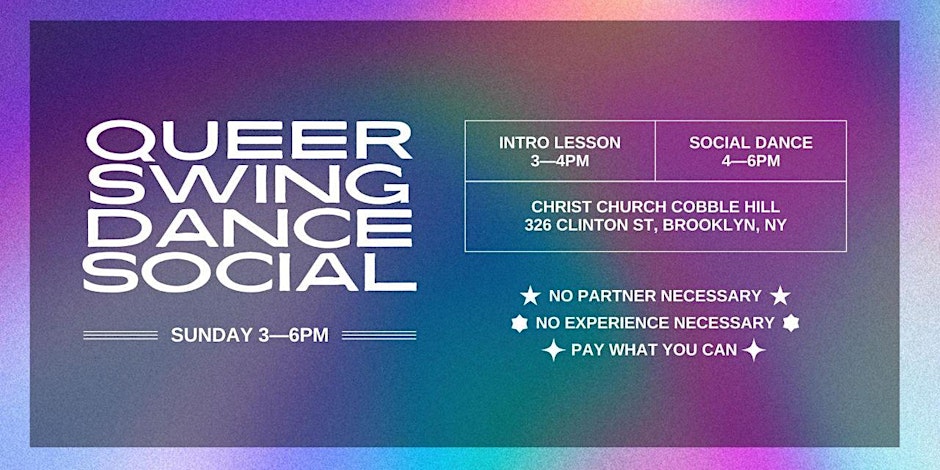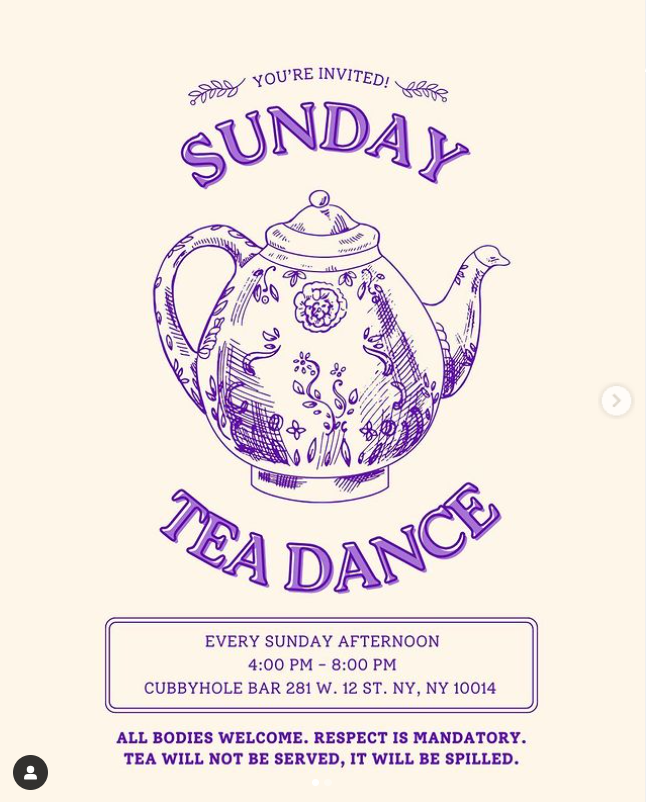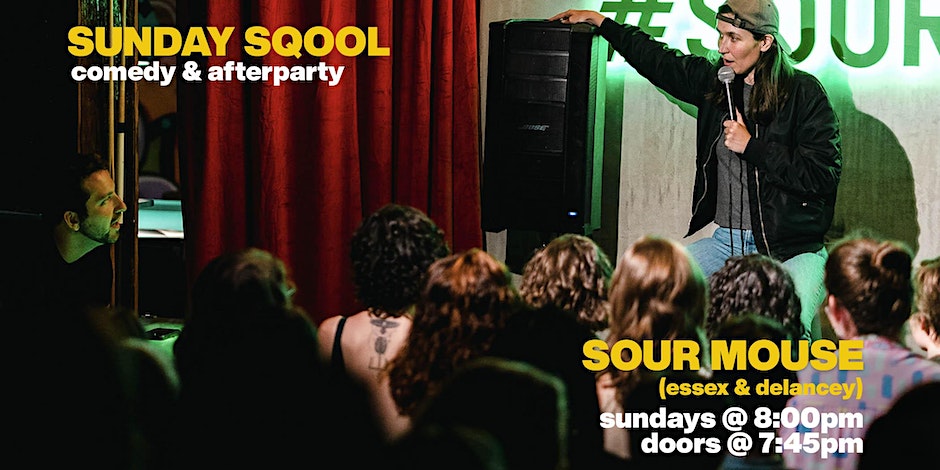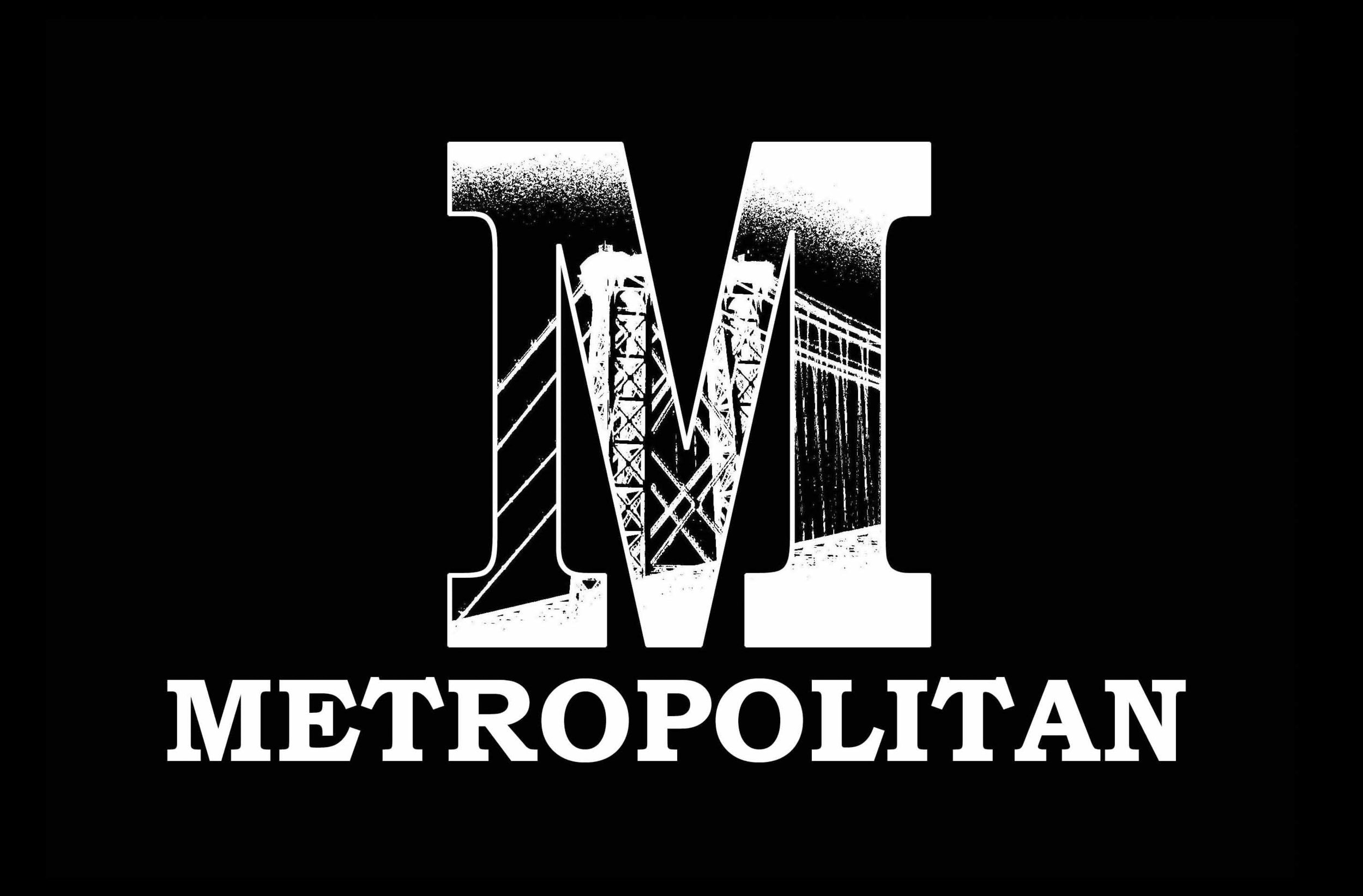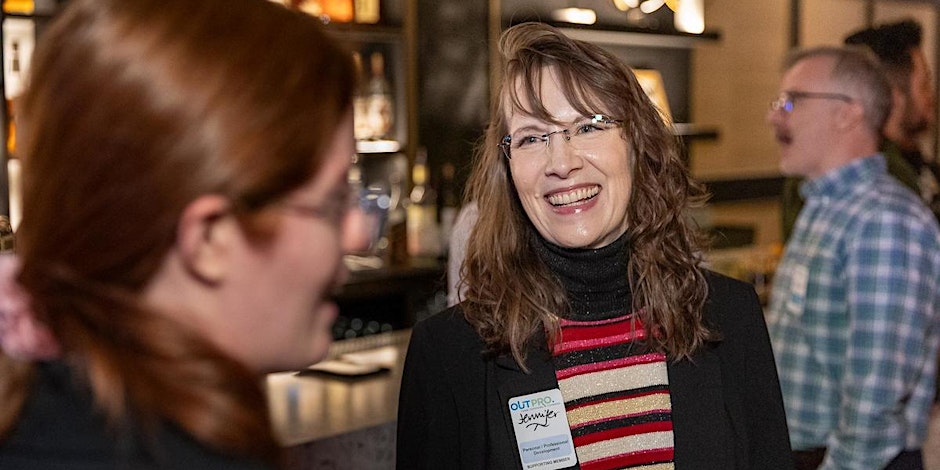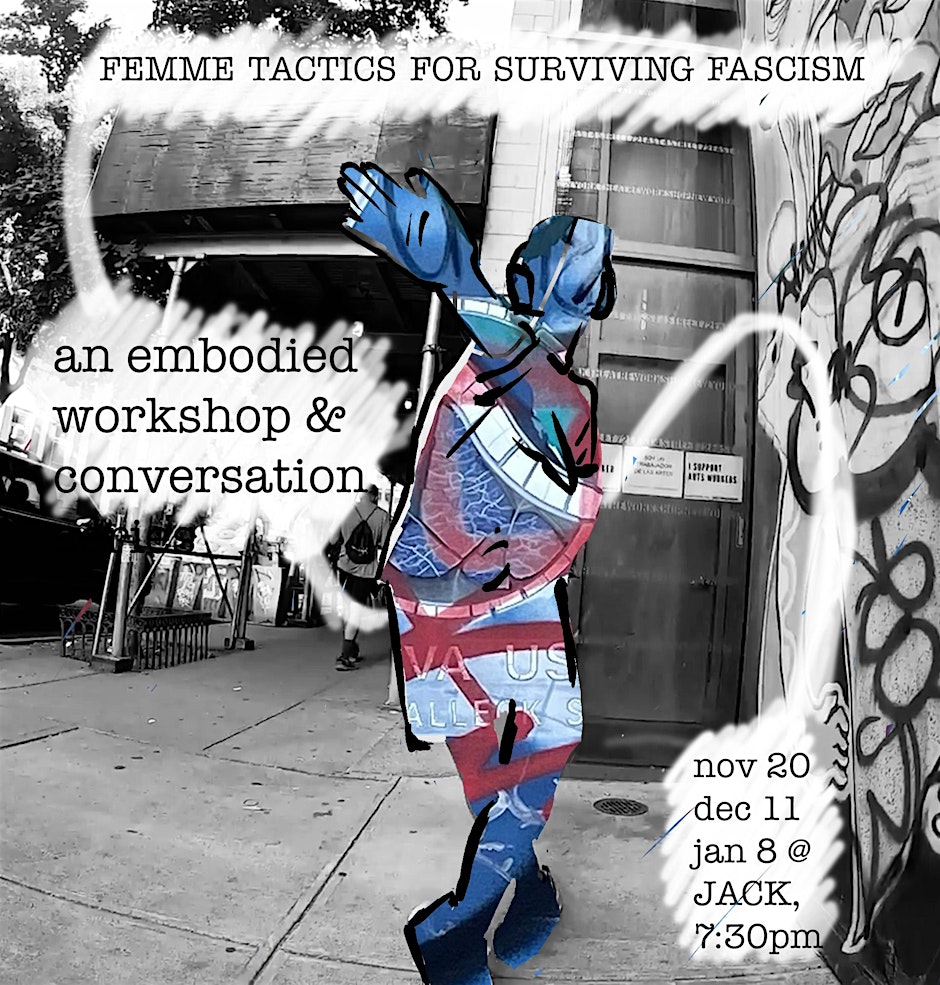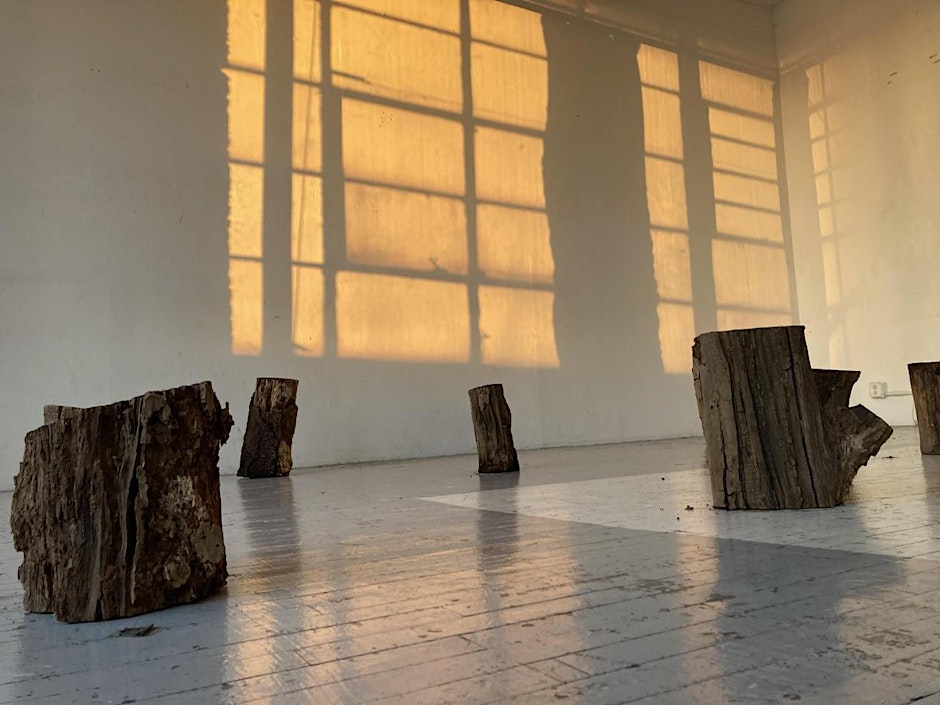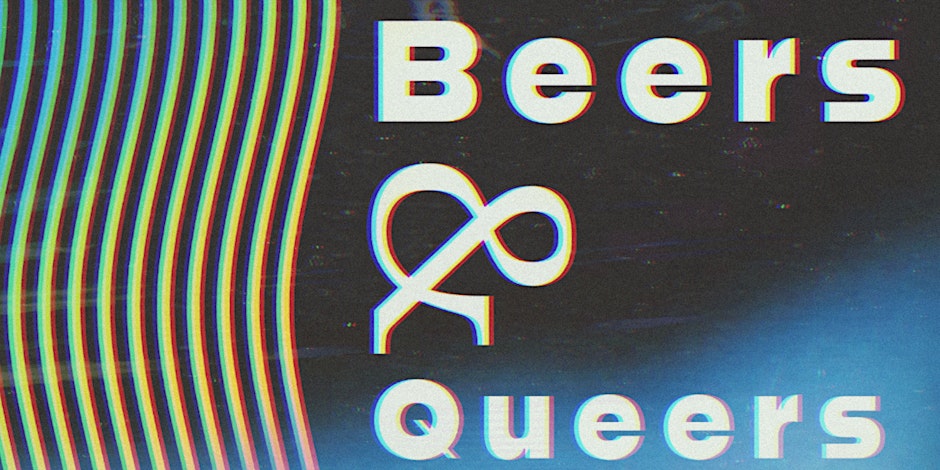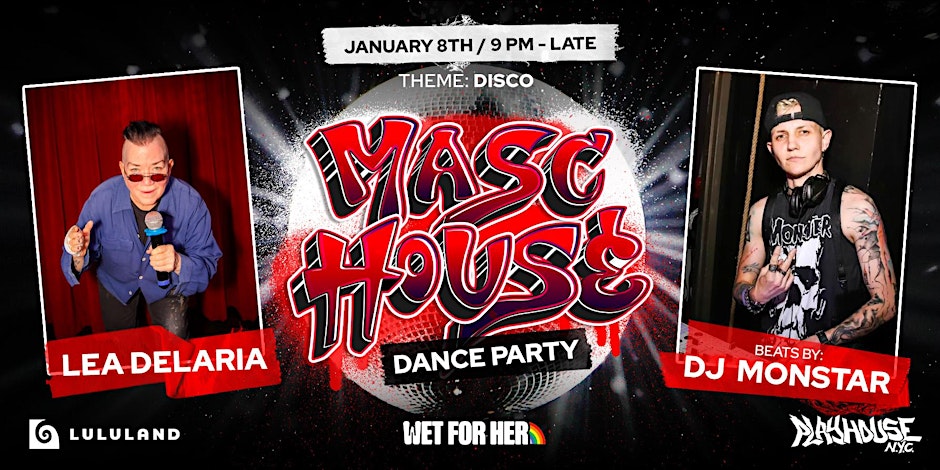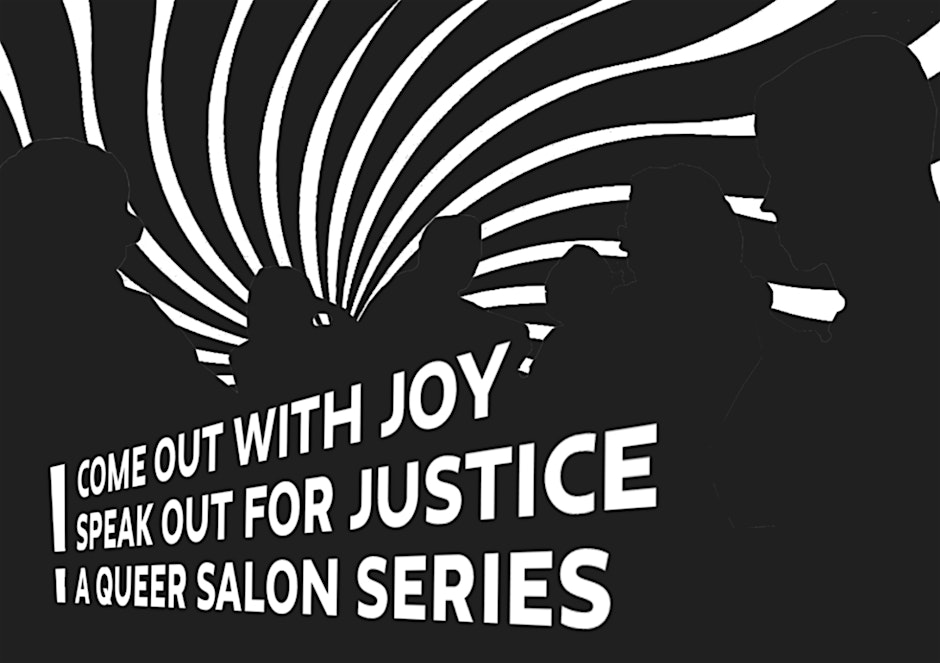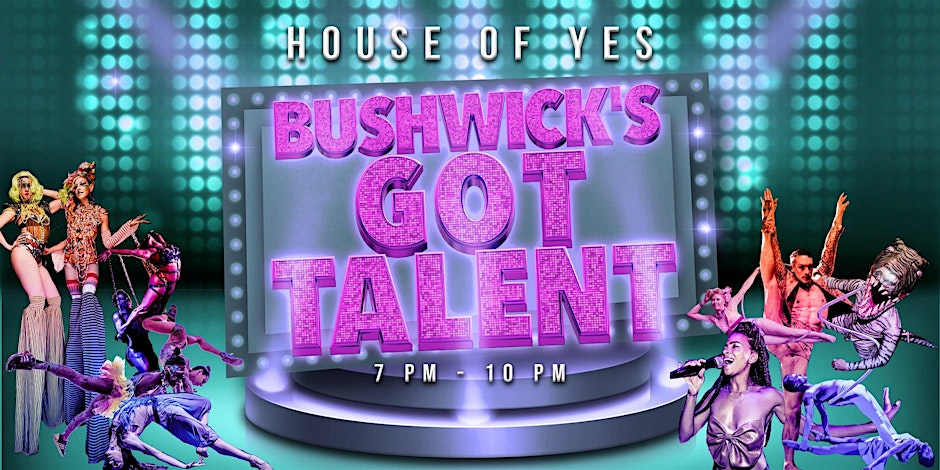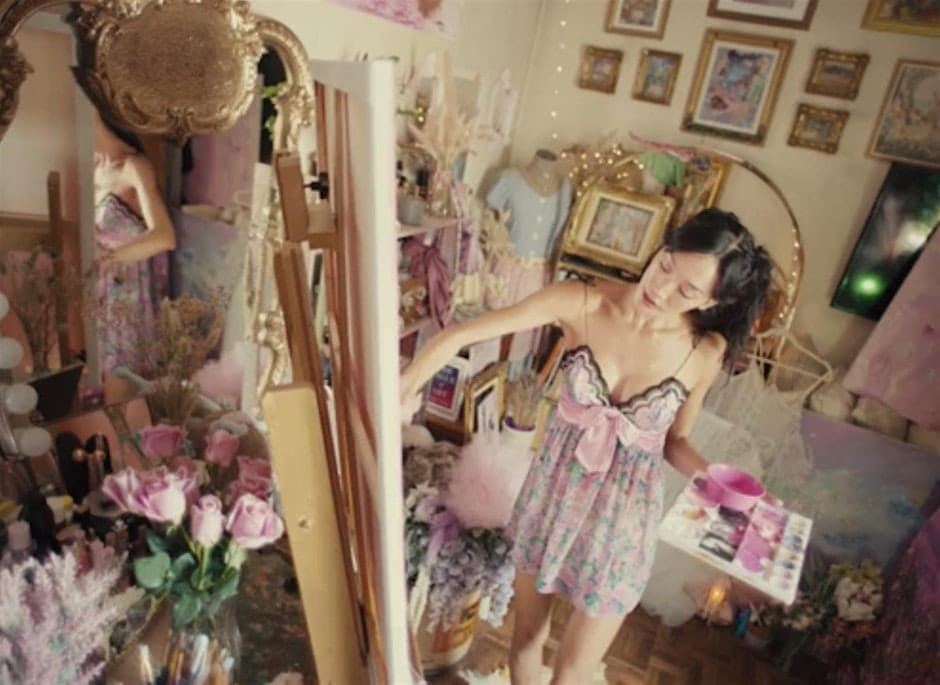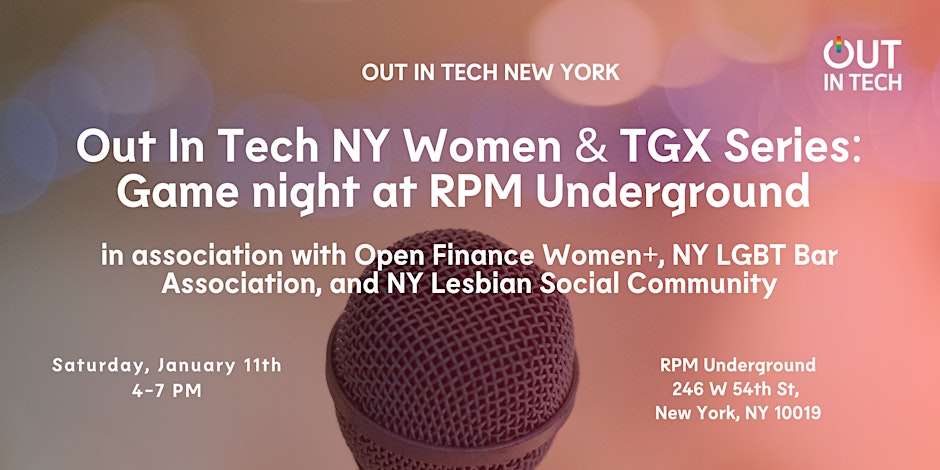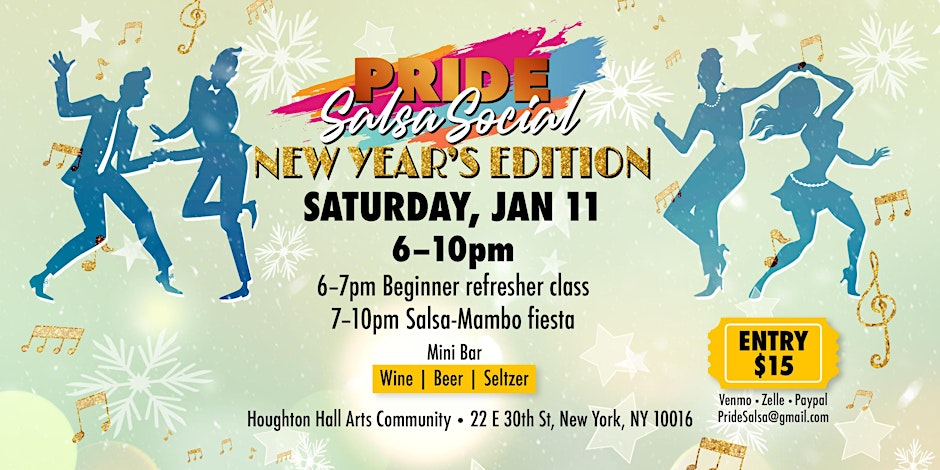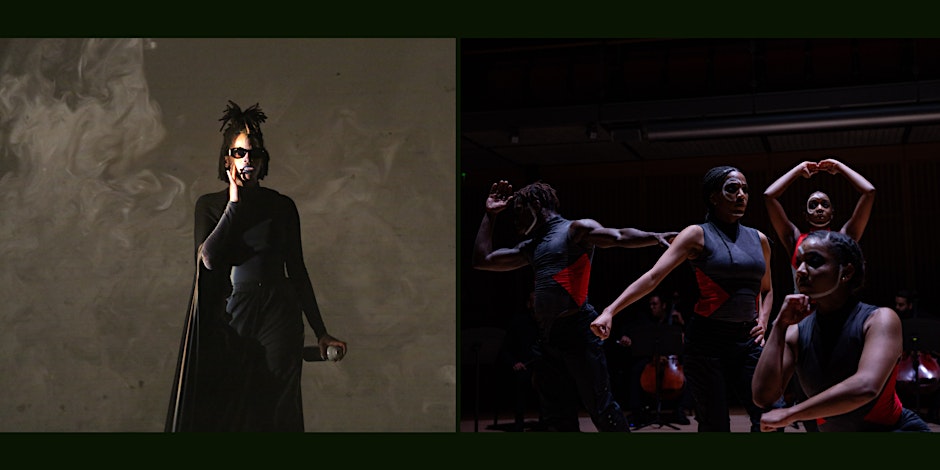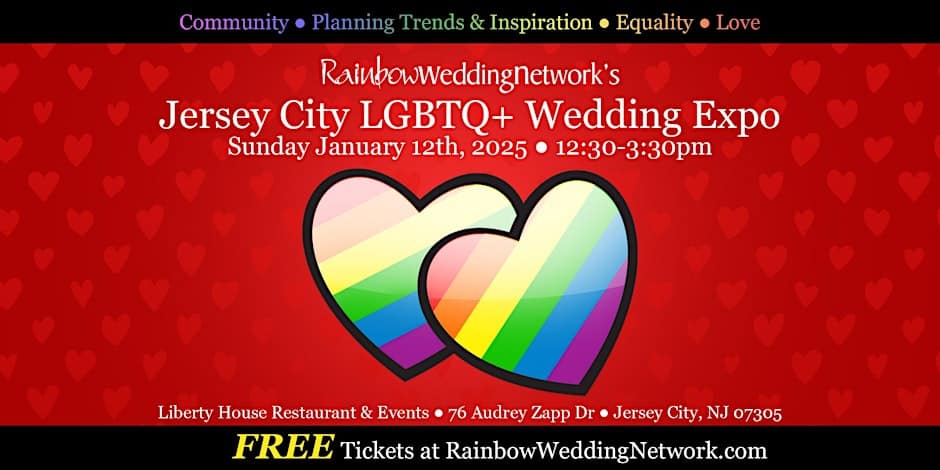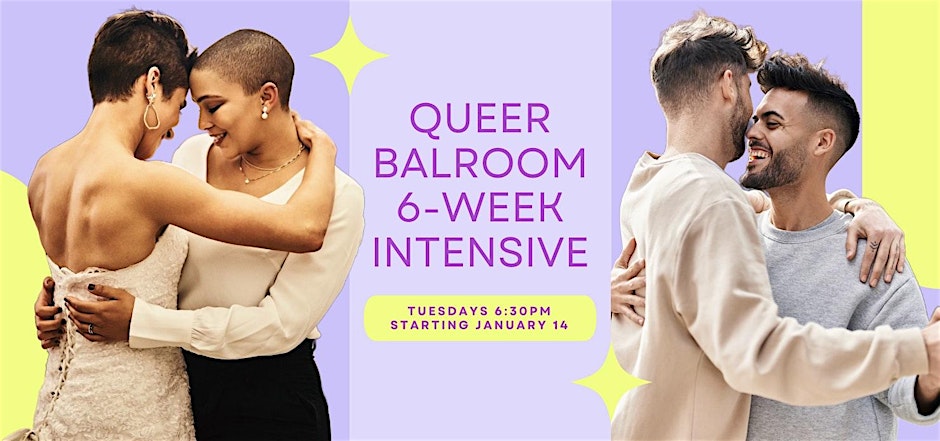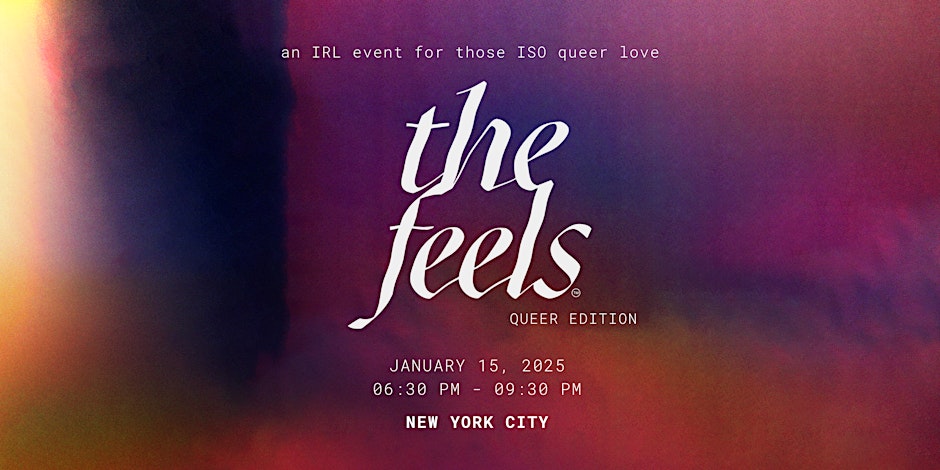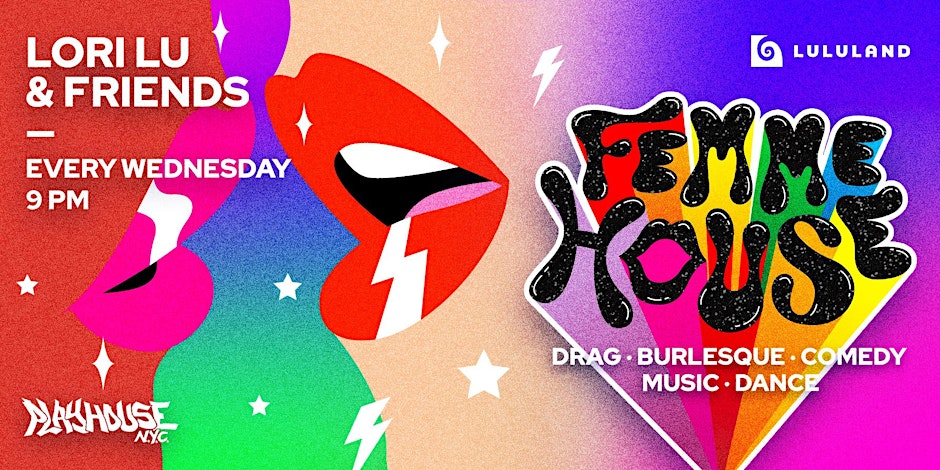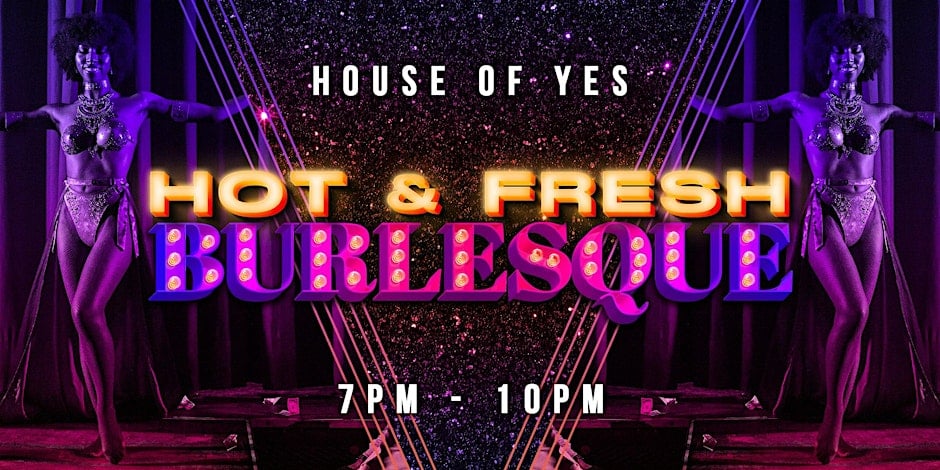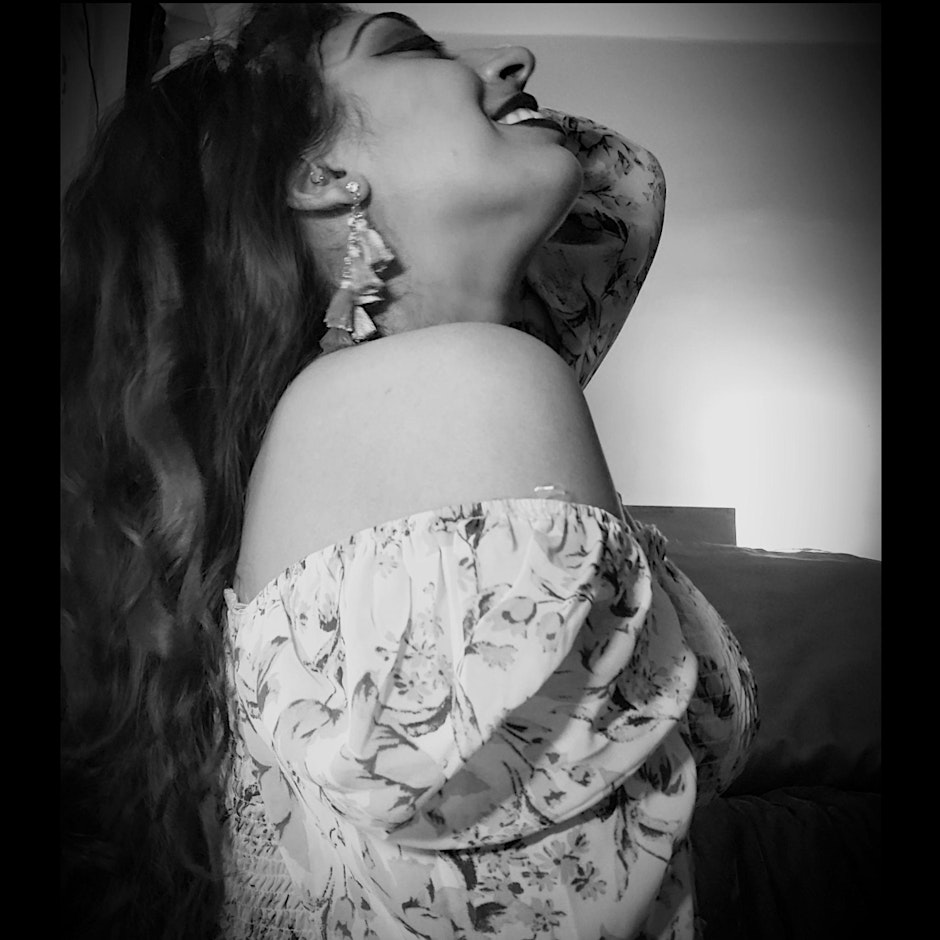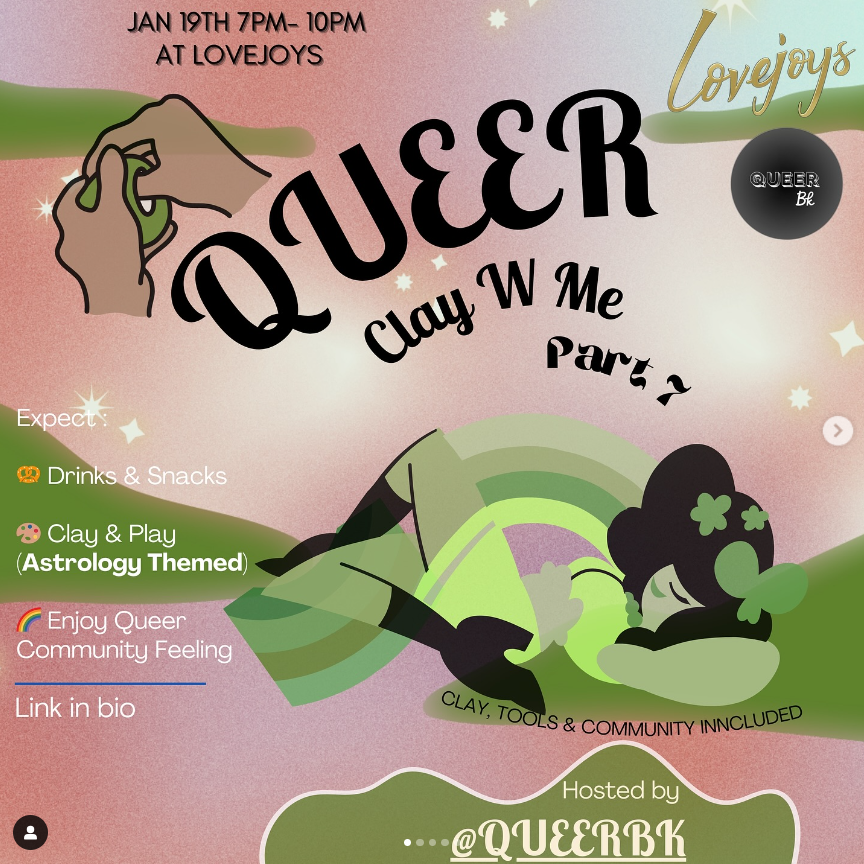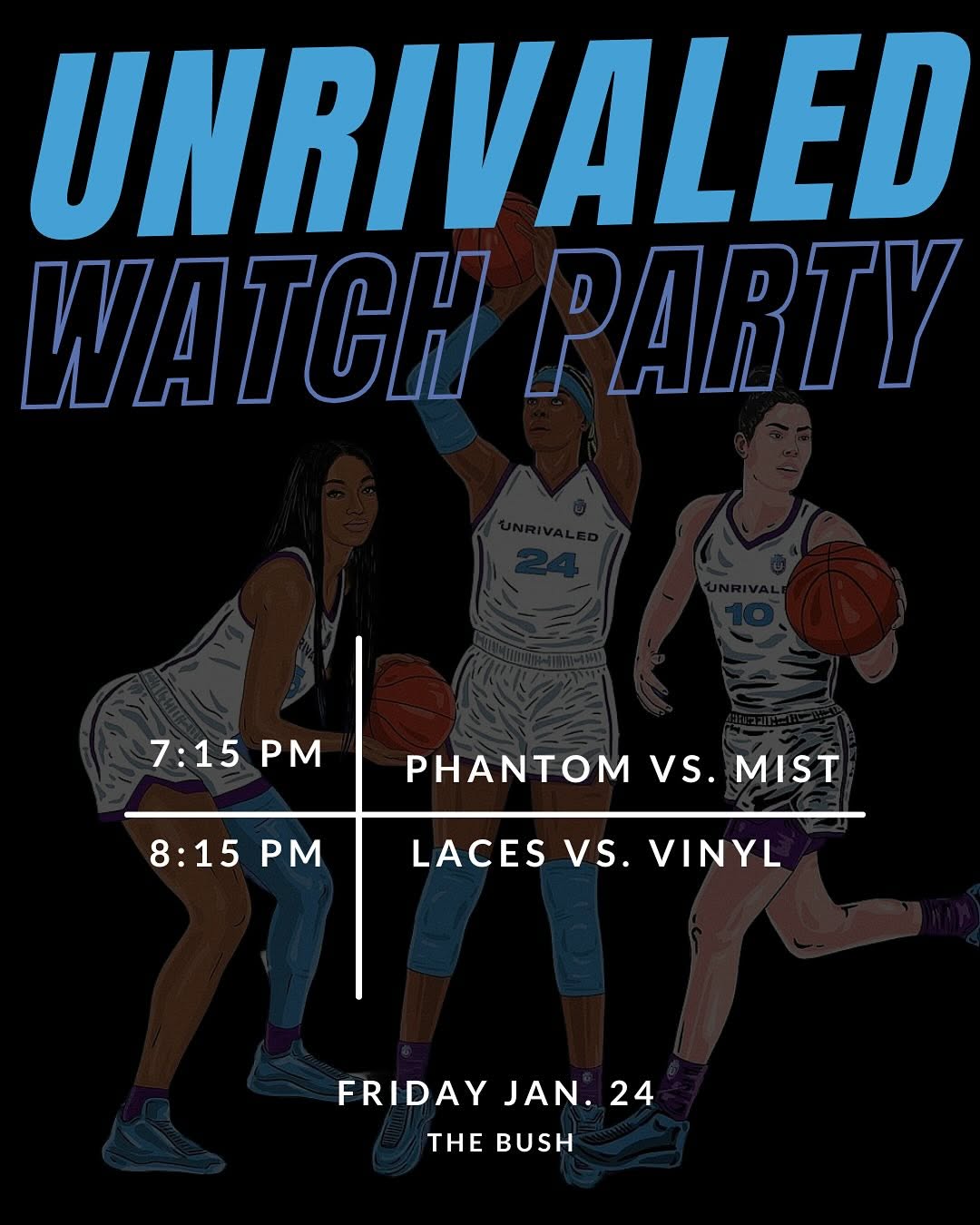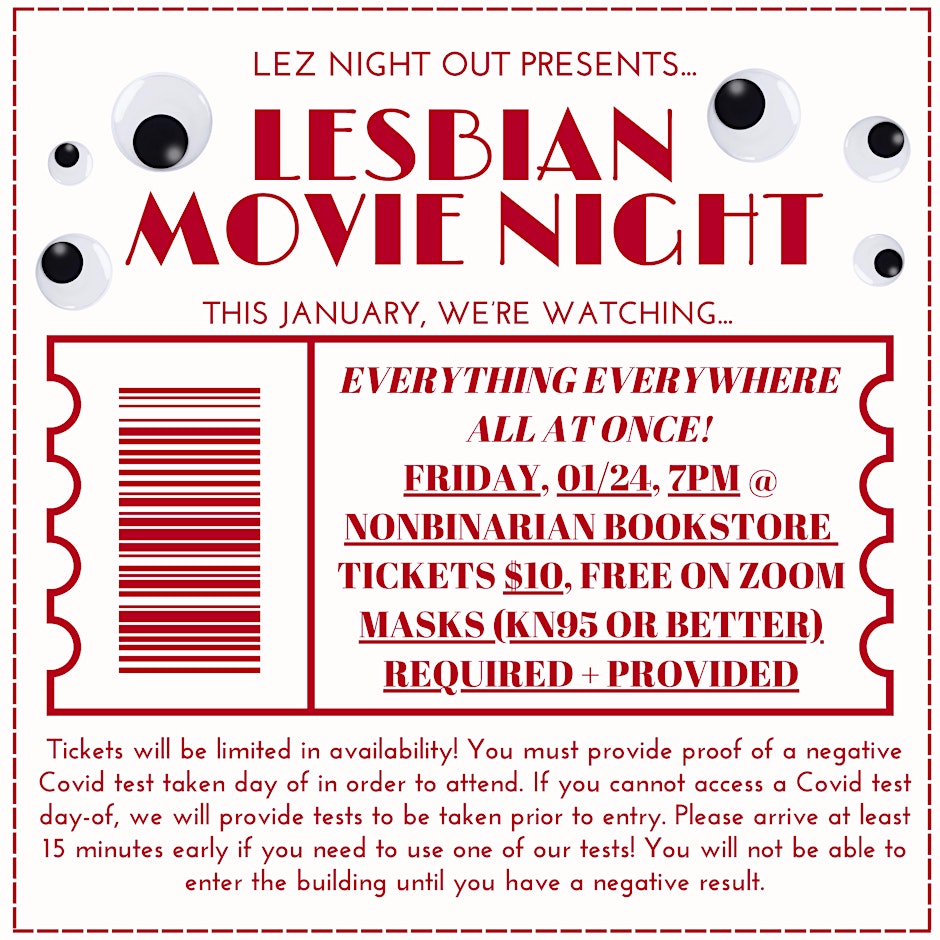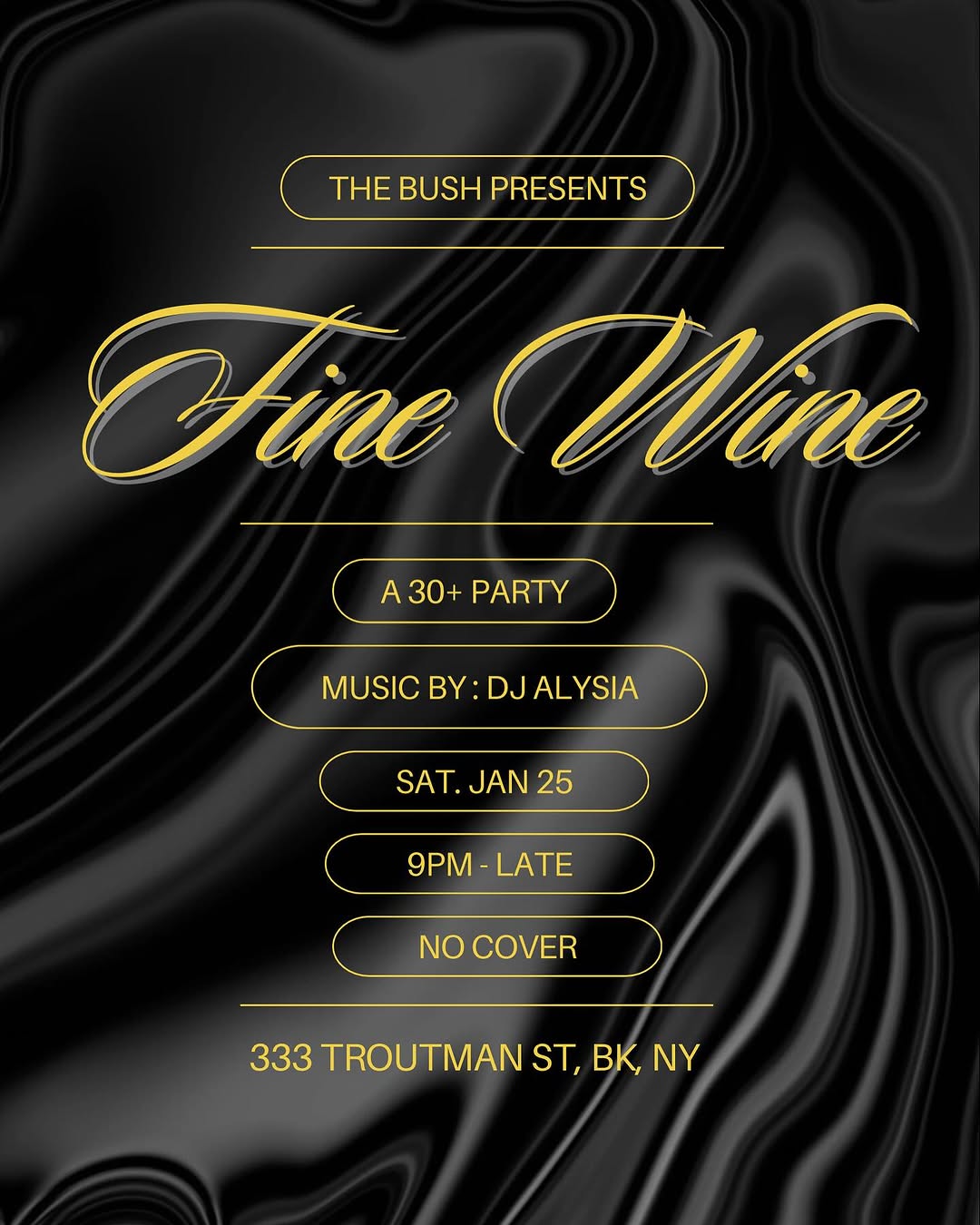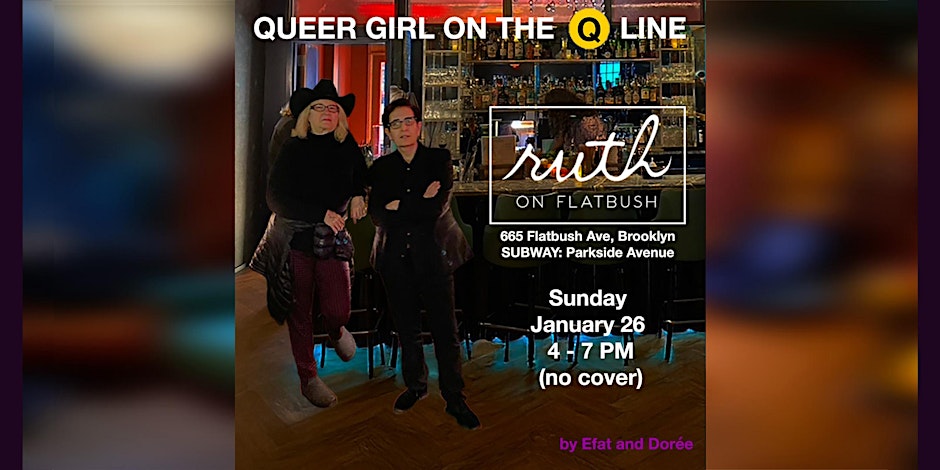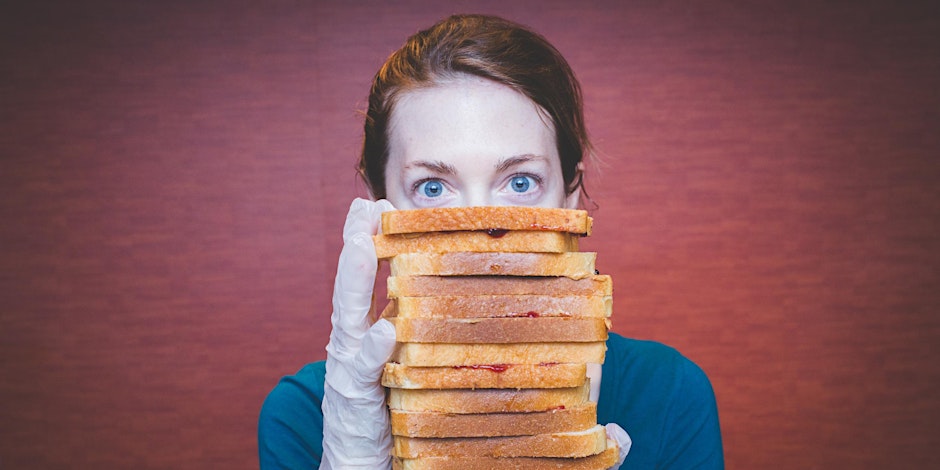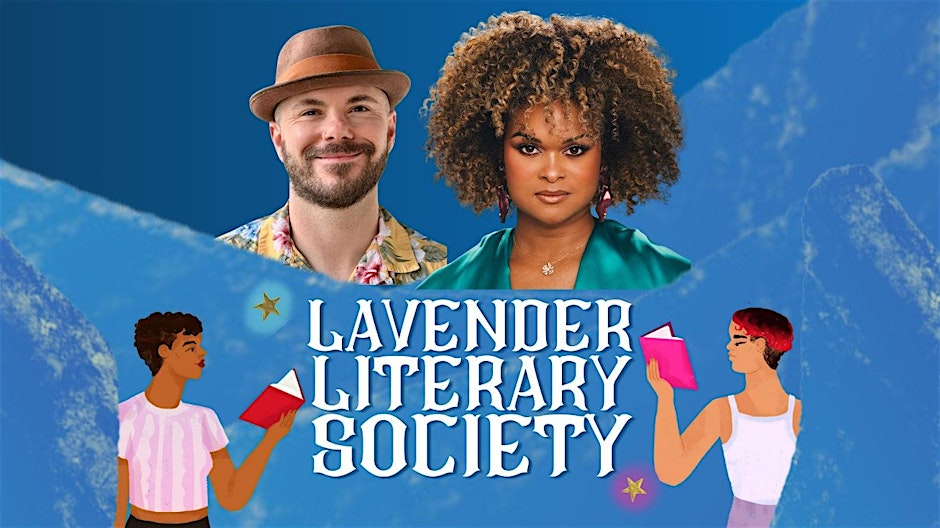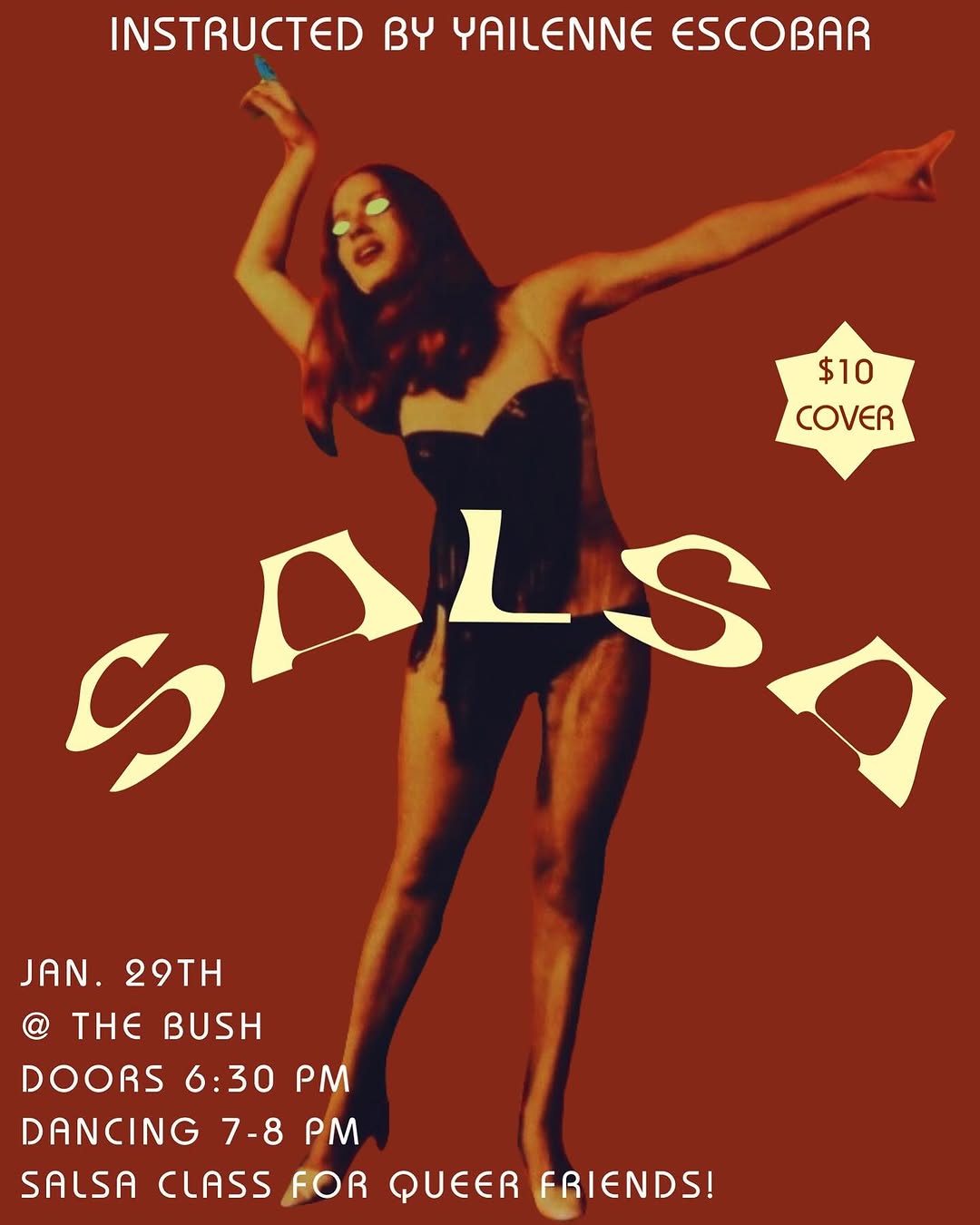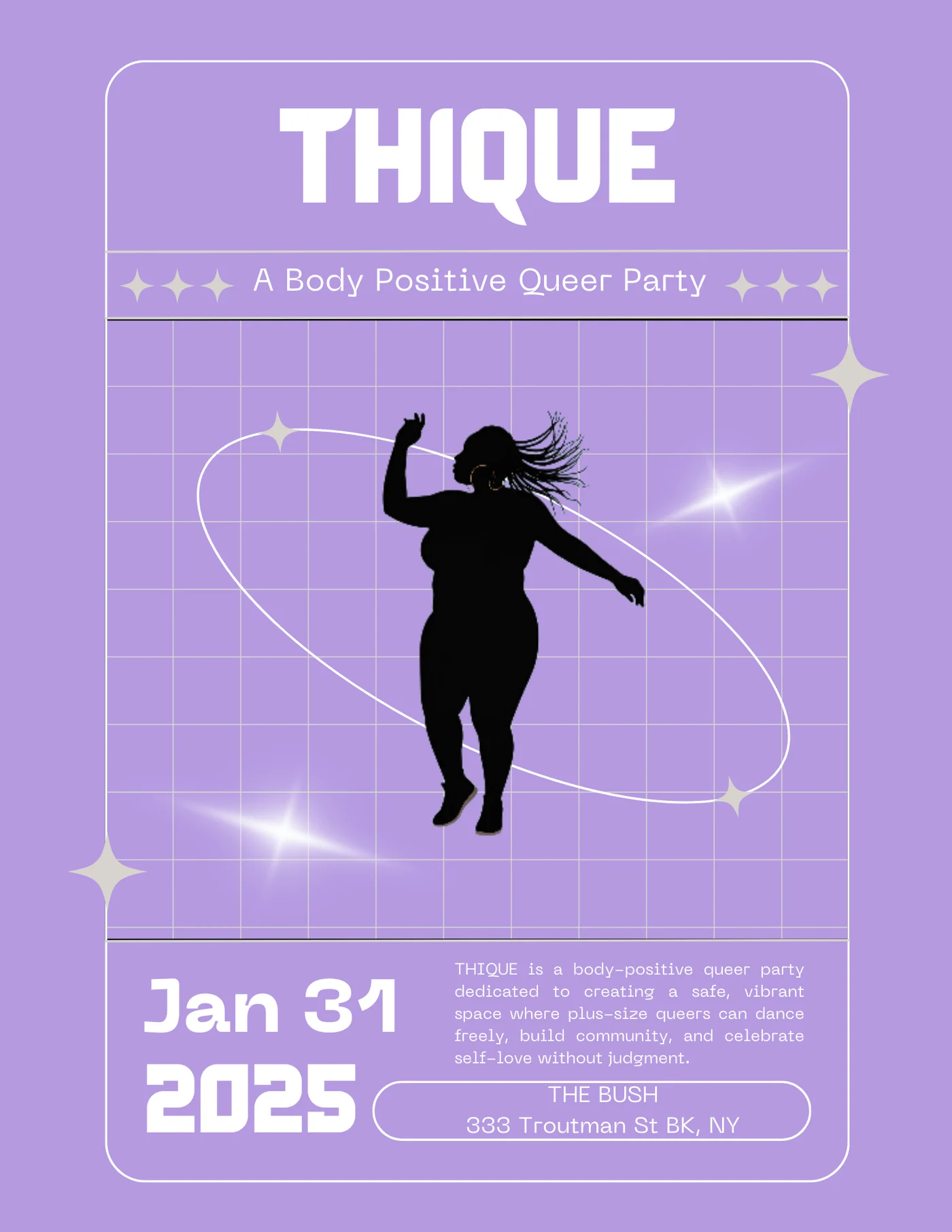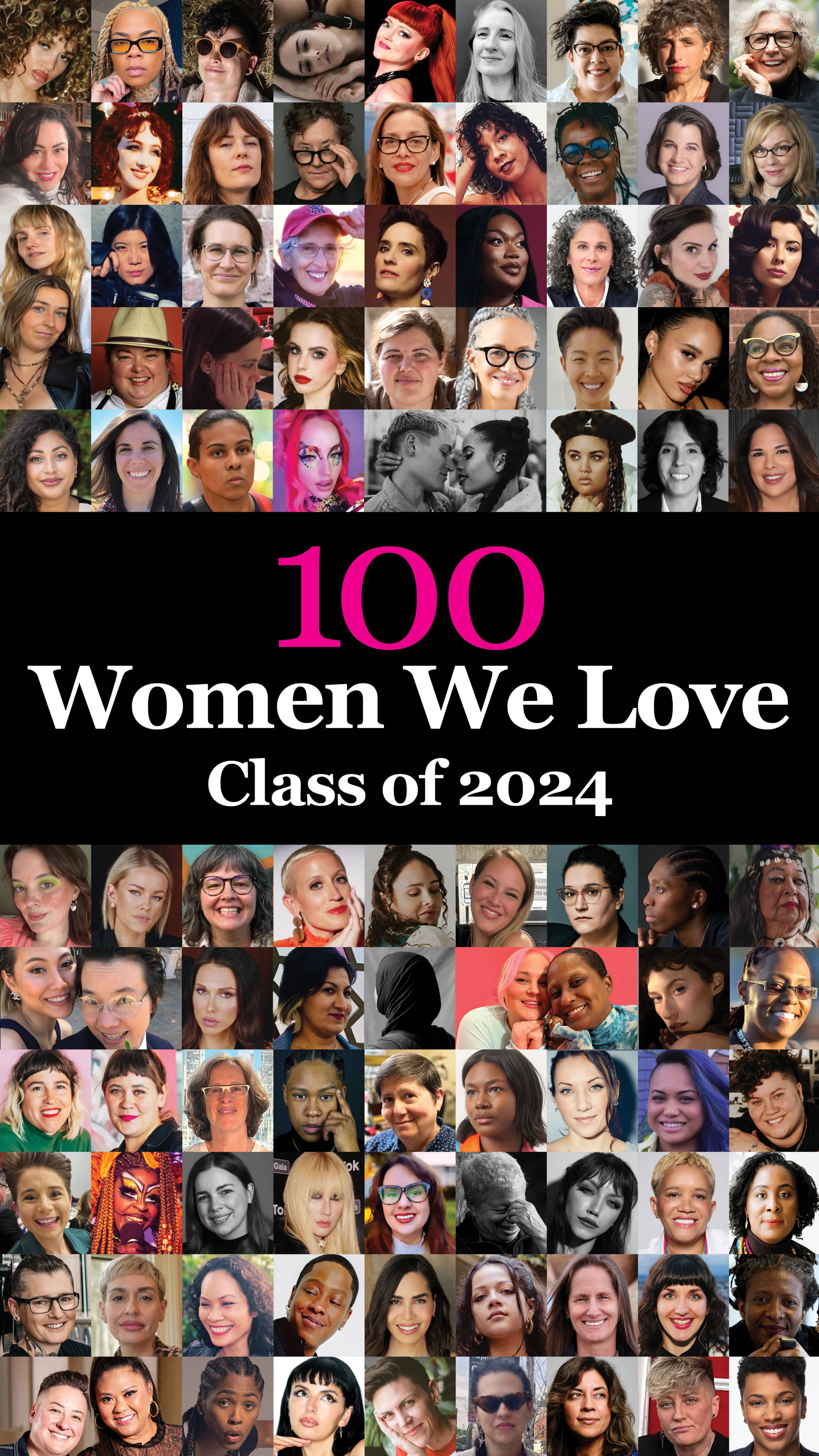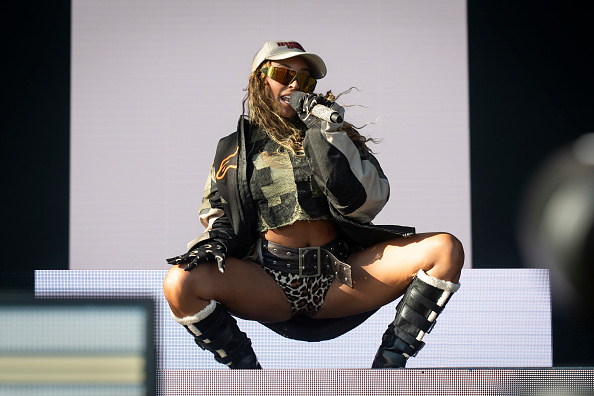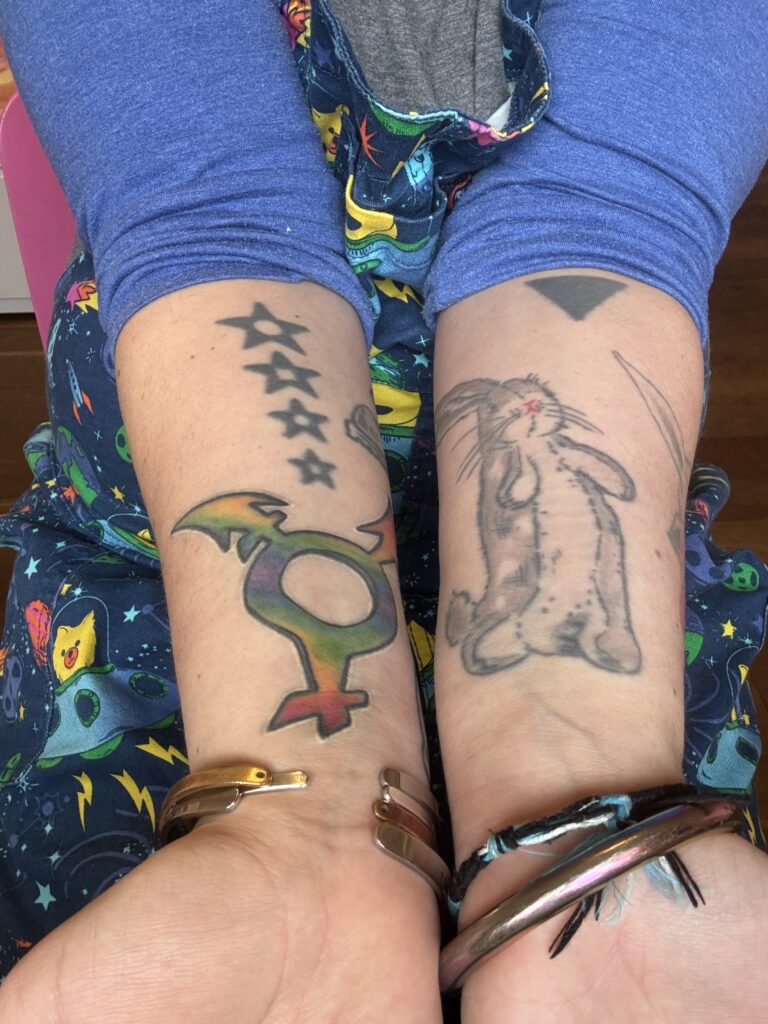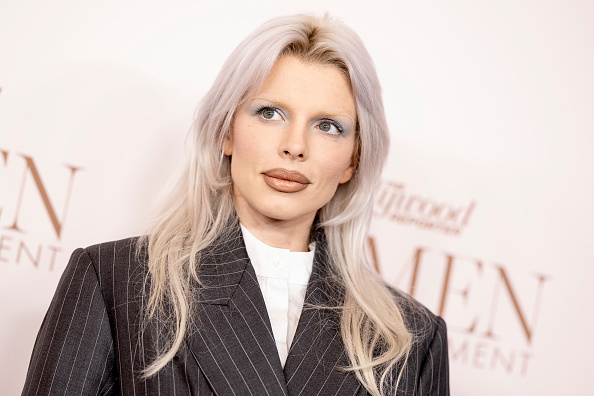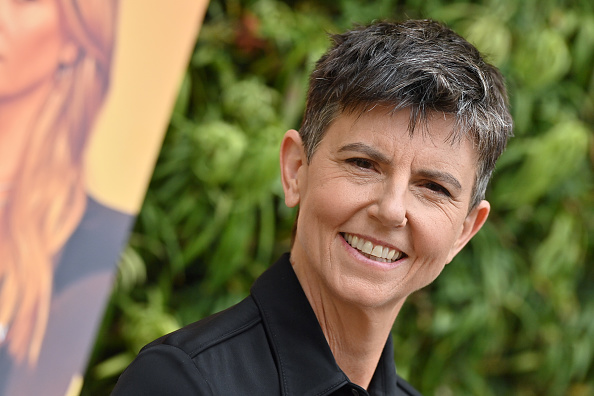When society decides you don’t fit the mold, you make your own mold. People who have been marginalized by society turn those margins into spaces where they can be united in their “other”-ness, spaces free from the people who would marginalize them in the first place. When the dominant culture doesn’t want you, you make your own. You make counterculture.
Disillusioned with mainstream society, these groups find power—or pride—in rejecting the ideals and customs of “the norm.” Counterculture is rebellion. So in a dominant culture built on sexism, homophobia, transphobia, racism, and capitalism, anyone opposed to these tenets could find themselves partaking in counterculture. The LGBTQ community as a unified force is, by definition, counterculture; so is the alternative culture that grew out of hippie and punk.
The alternative, was anti-establishment, anti-war, anti-capitalist. It was anti-white-picket-fence. It was anti-suit and anti-“respectability.” Alt kids marked themselves with their music, their fashion, their body modifications. They were symbolized by piercings and tattoos.
Related: America, Show Us Your Tats: 2010 RESULTS

Tattoos especially were the ultimate sign of existing outside of social convention; tattoos weren’t for nice kids who had bright futures, they were for deadbeats, delinquents. They were dangerous.
By the time I was old enough to get tattoos, however, the culture surrounding them had changed significantly. This is something Ox—the burly, bearded artist who did the only tattoo I have so far—was all too happy to explain to me while he worked. I had just turned eighteen, and I held my father’s hand, and I listened to this man lament the demise of the tattoo industry for over an hour.
Once upon a time, to have tattoos represented a rejection of societal norms. It was part of a larger “alternative lifestyle” (a phrase both loaded and familiar to a young gay like me), it was subculture, it was counterculture. Tattooing wasn’t a credible profession, and their clients certainly didn’t subscribe to the typical “American dream.” Having tattoos marked this white man as “other.”
Related: Seven Minutes in Heaven with Queer Tattooist Virginia Elwood
And then society shifted. As punk, grunge, and hip-hop grew in popularity, the prevailing voices in pop culture became more and more the people who felt abandoned by the system, who rejected the typical capitalist paradigm, who wanted to break free from the mold—the kind of people whom tattoos had come to identify. Slowly, the tattoo subculture was absorbed into the mainstream. Tattoo artists became reality TV stars. Ox stopped tattooing his friends out of his basement and began tattooing teenage girls who came in with their parents. This loss of exclusivity, he reasoned, sucked the “art” out of “tattoo artistry.”
I’m sure he didn’t have LGBTQ women in mind when he told me, however indirectly, that he hated having me in his chair, but lesbian style nevertheless followed a similar trajectory at roughly the same time. Things like flannel, beanies, work and combat boots, chokers, colorful hair, undercuts, leather—tools of lesbian self-identification, ways in which we could find ourselves and each other—were adopted by hipster culture and thus dubbed “cool.”
Once it was “cool” (read: profitable) for people to dress like lesbians, fast fashion got into the game, co-opting queer identifying terms like “femme” in order to sell branded t-shirts. As our style got folded into the mainstream, we lost ownership of our own symbology.
In a sexist and homophobic society, being a woman who loves other women is a revolutionary act. It’s the ultimate rejection of social norms. On paper, it’s what alternative culture was designed to cater to. The fact that lesbian style only gained mainstream traction under another name, once its association with queer women had been severed, is a product of that hetero-patriarchy.
Related: GO Tattoo Contest 2017, Submit until August 1, 2017
I don’t believe it’s all irredeemably bad. If the ability to buy denim shirts at Forever 21 and blue hair dye at CVS helps one gay girl find and be found by other gay girls, it will have been worth it. If it helps one gay girl present in a way that was previously inaccessible to her, it will have been worth it. If it helps one gay girl feel comfortable existing in public as visibly gay, it will have been worth it.
This, I think, is what Ox failed to understand about the way culture changes: letting people into the club doesn’t diminish the club’s importance or the quality of its membership. Calling something with an ever-increasing audience “alternative” isn’t an oxymoron. The whole purpose of community is to be inclusive, to welcome the people who’d wish to join. Community is vital to human survival: it is our shared experiences that bind us together, and our differing ones that challenge and enrich us. Ox isn’t more hardcore, more “real” for policing who gets to have tattoos. We are united in our love for art in ink, and anyone who would deny people the things that make them happy is surely the poorer for it.
So shave your head. Get tattoos. Kiss your girlfriend. Alternative isn’t dead; it’s just easier to find.




